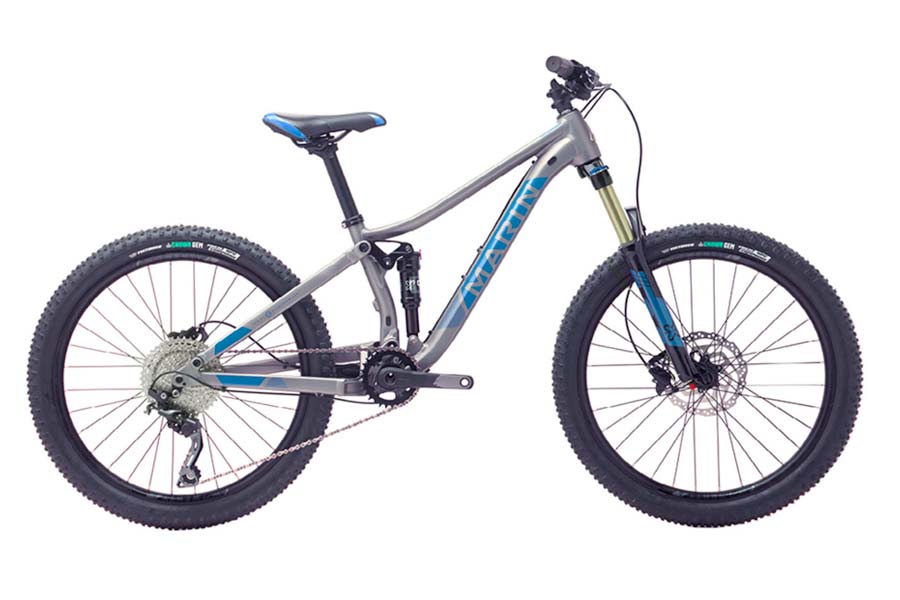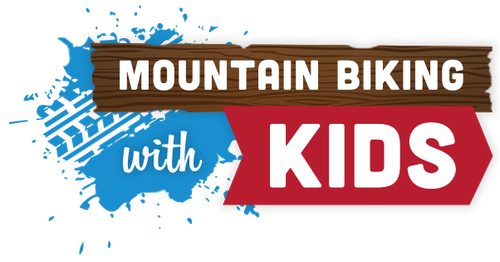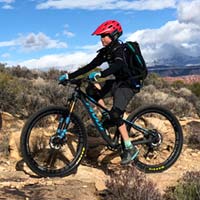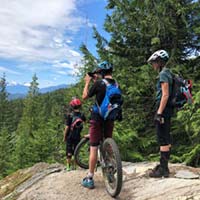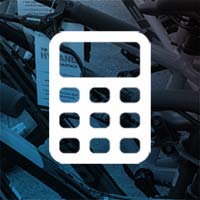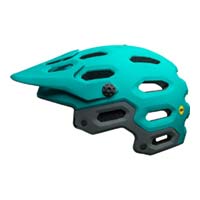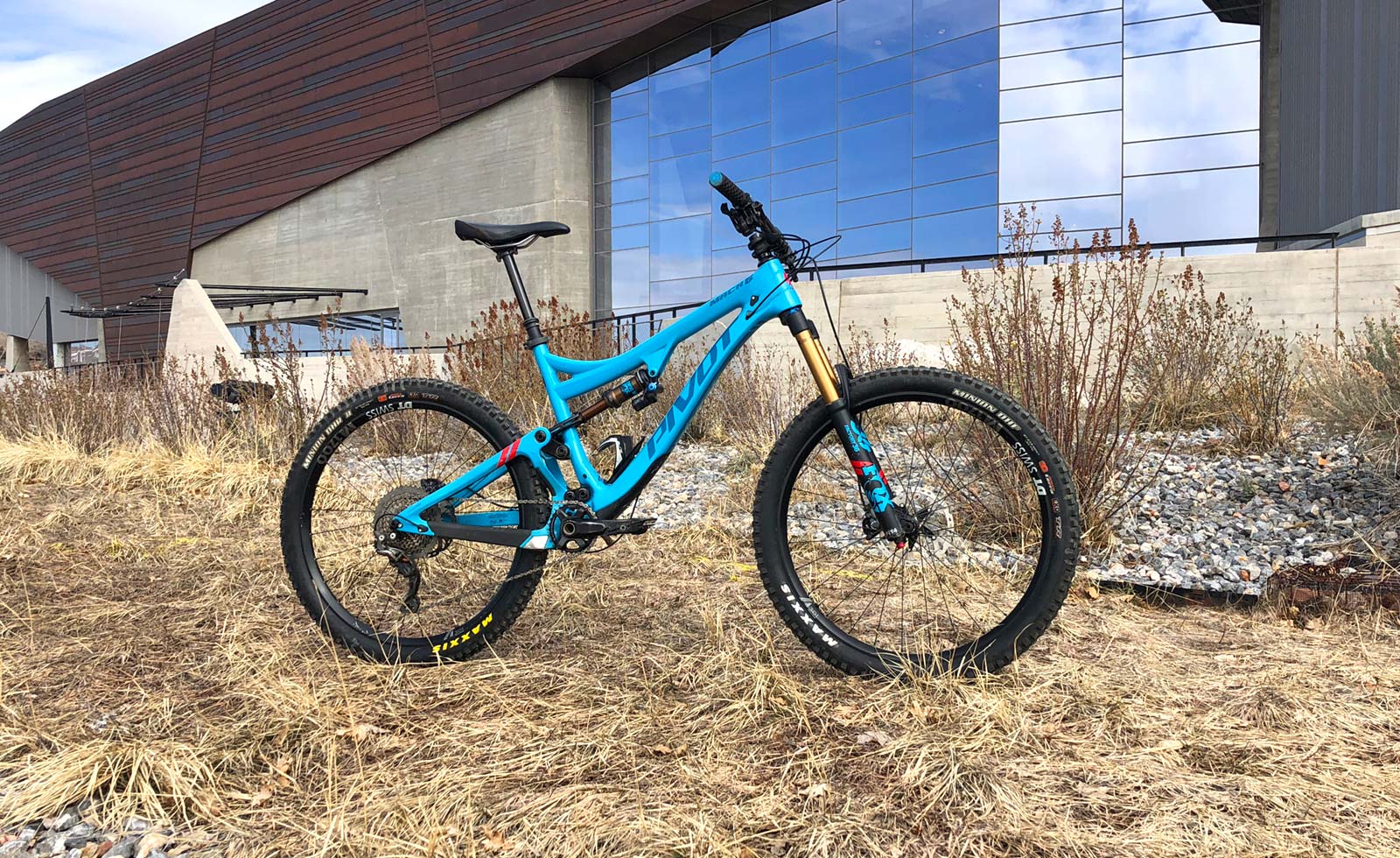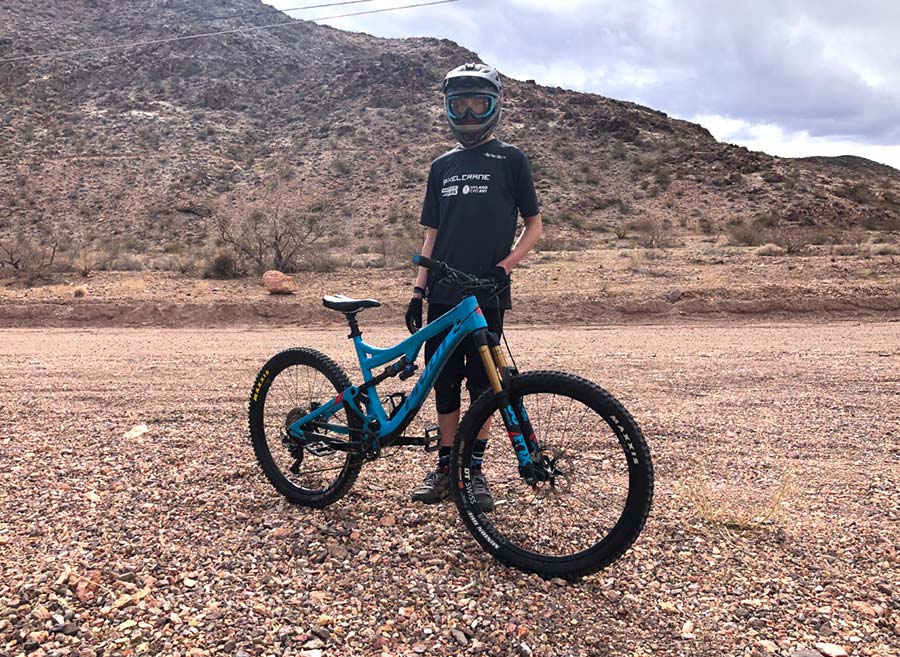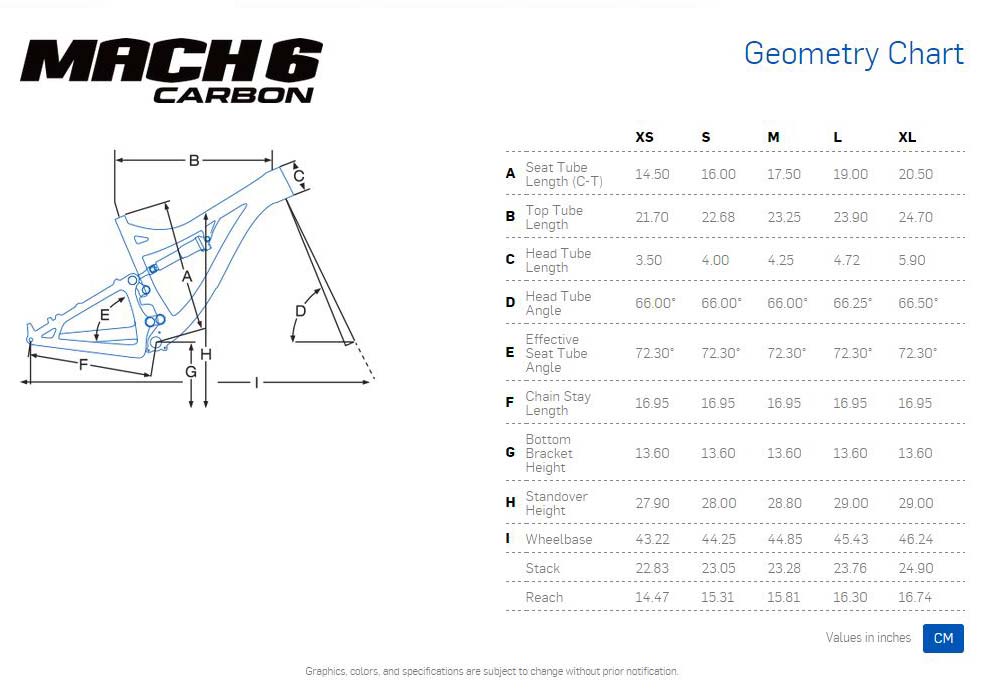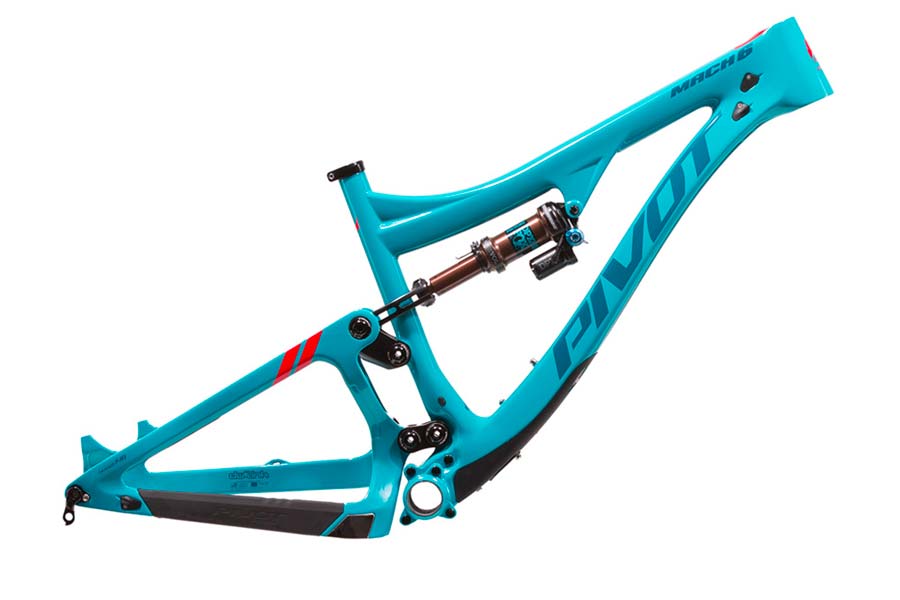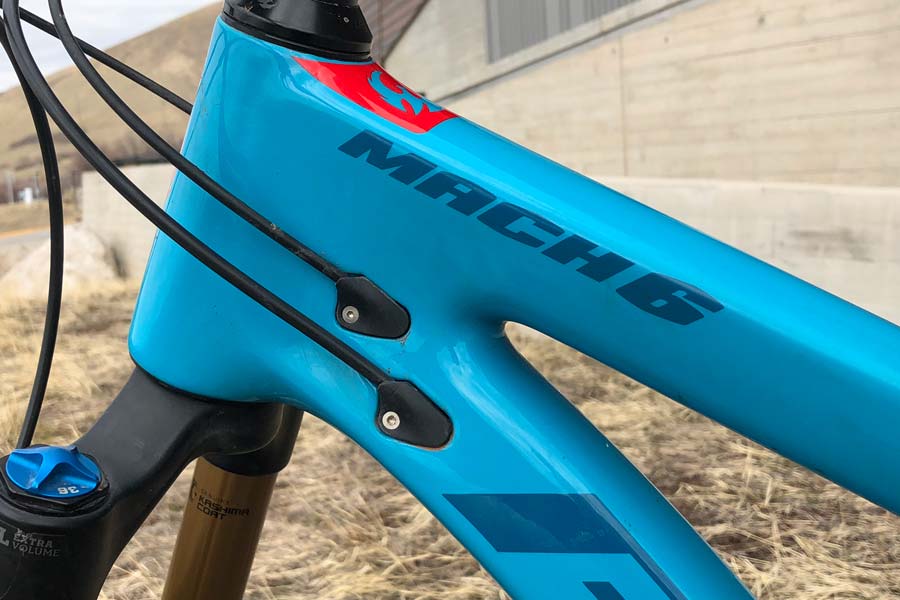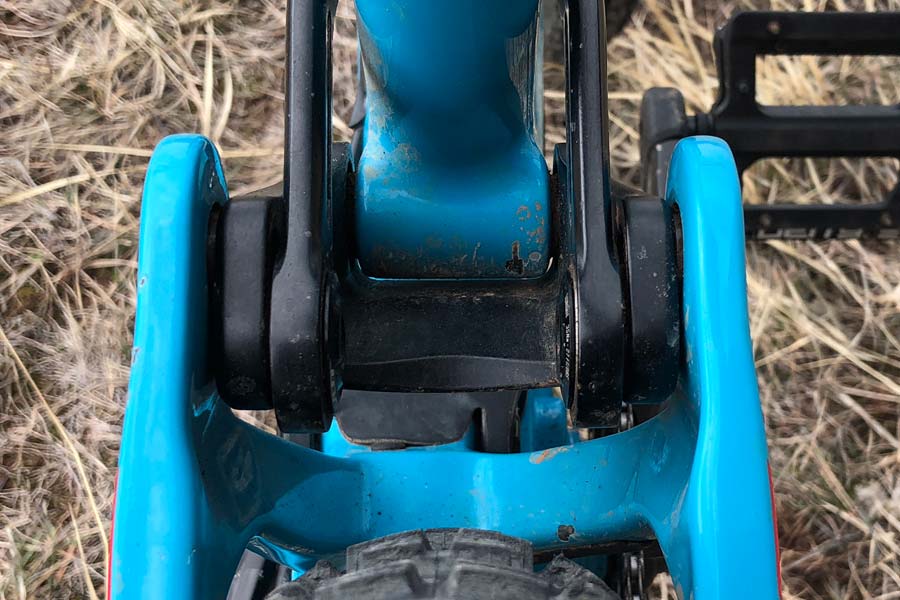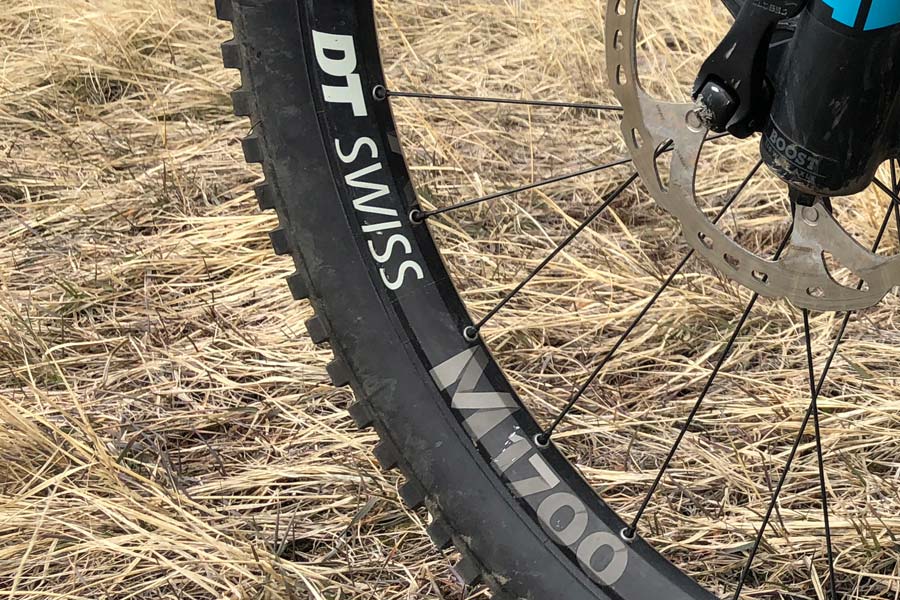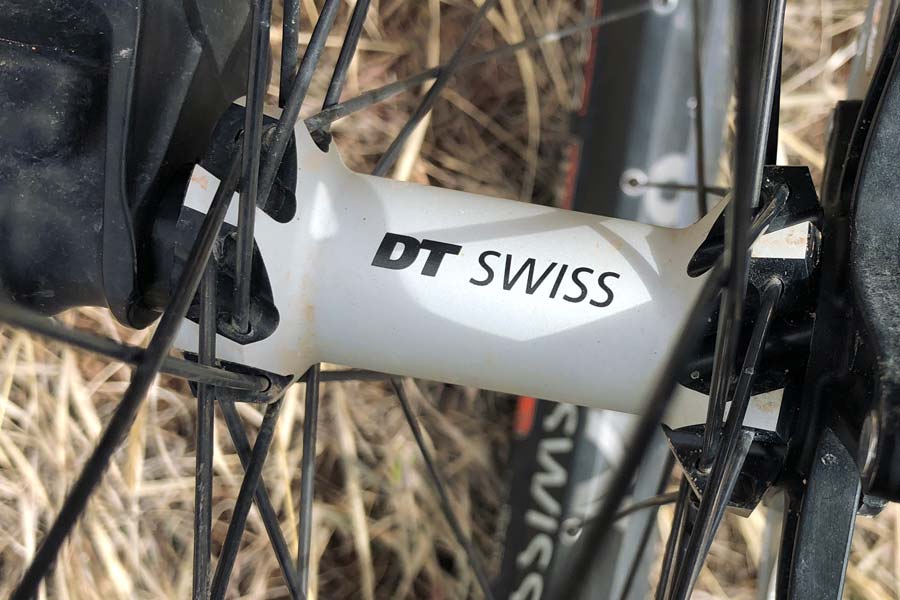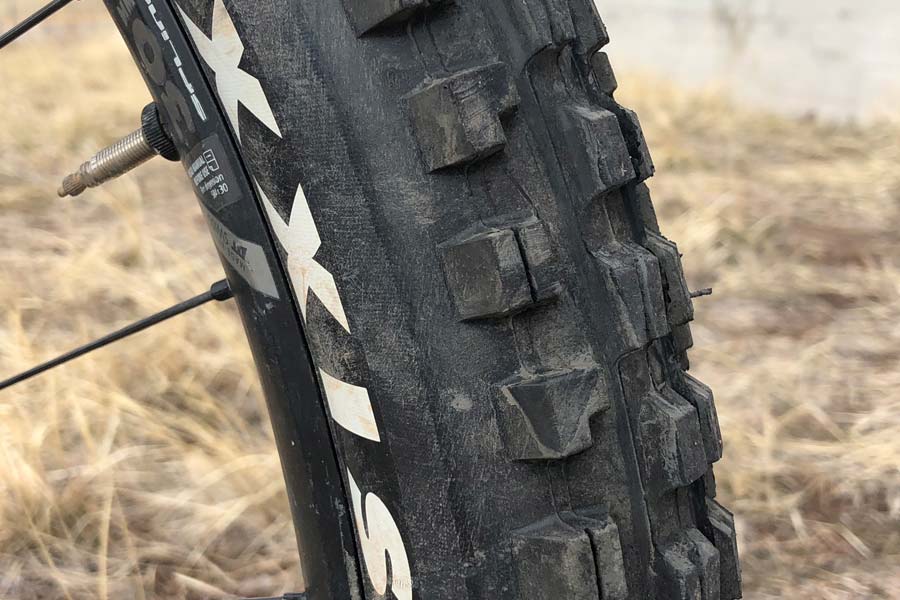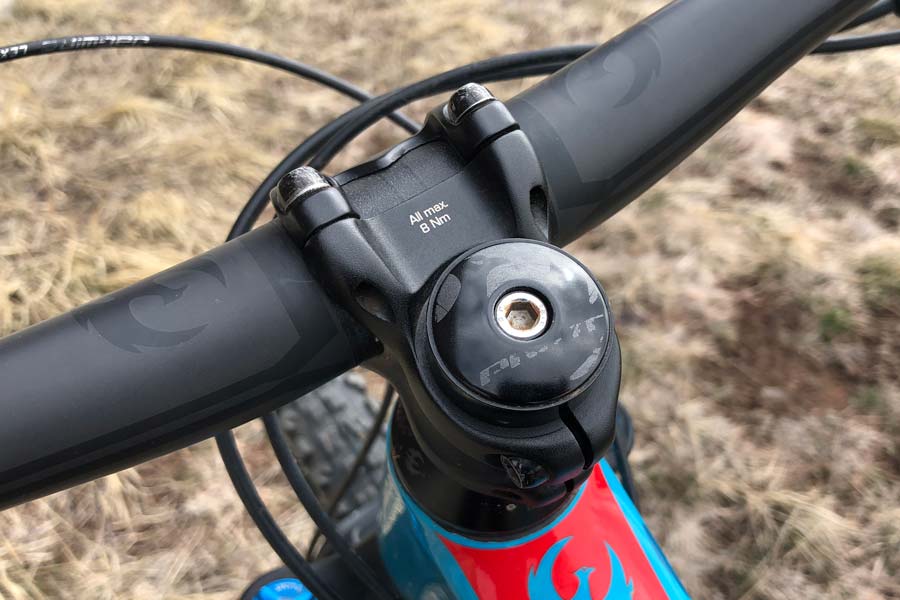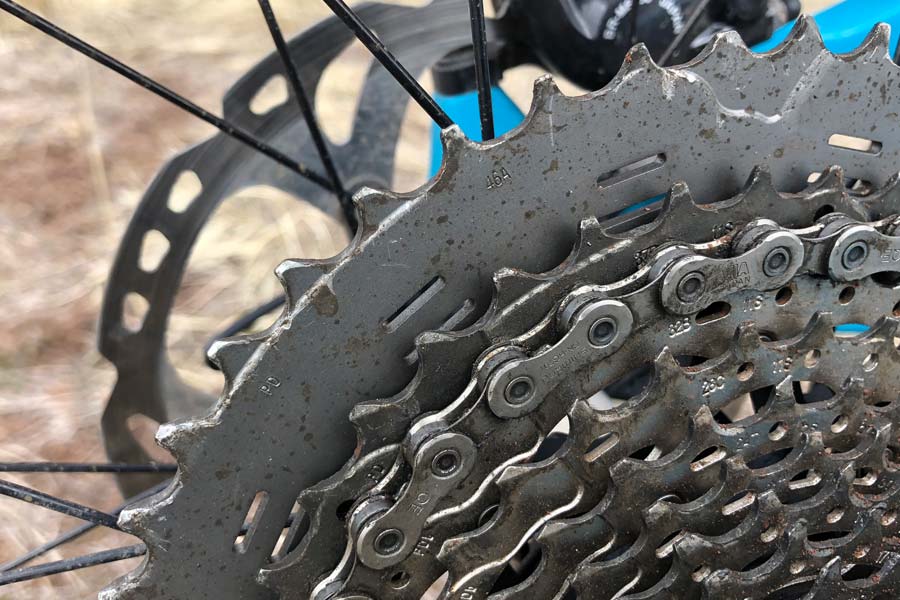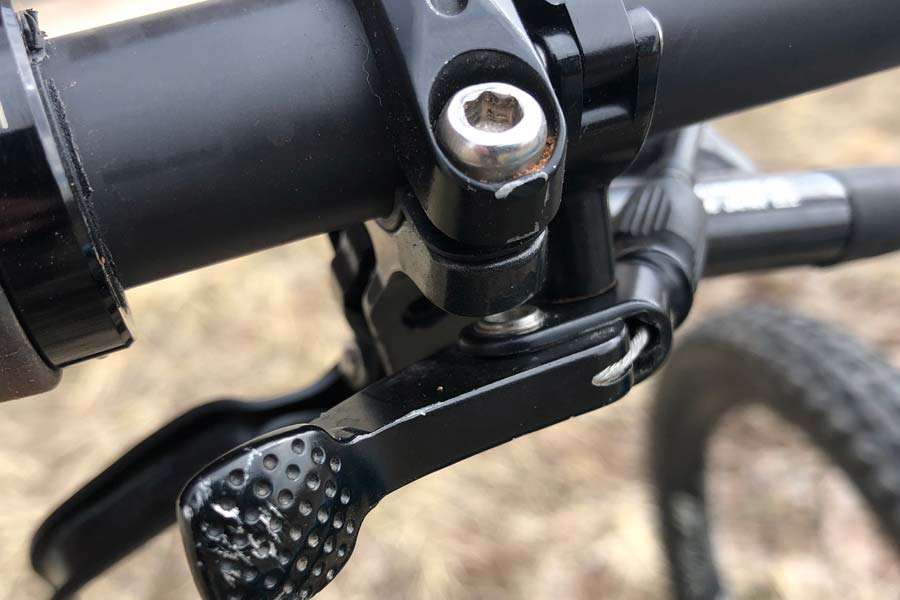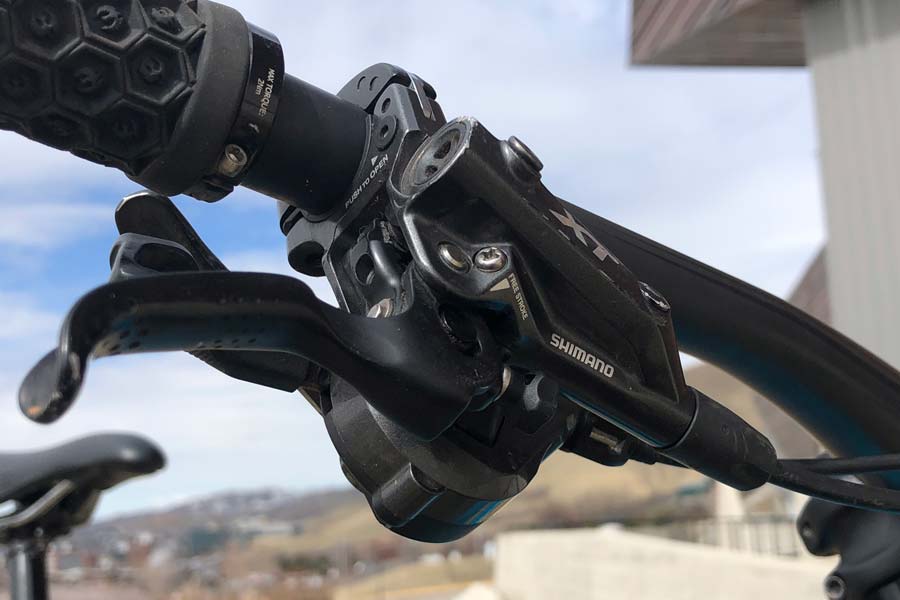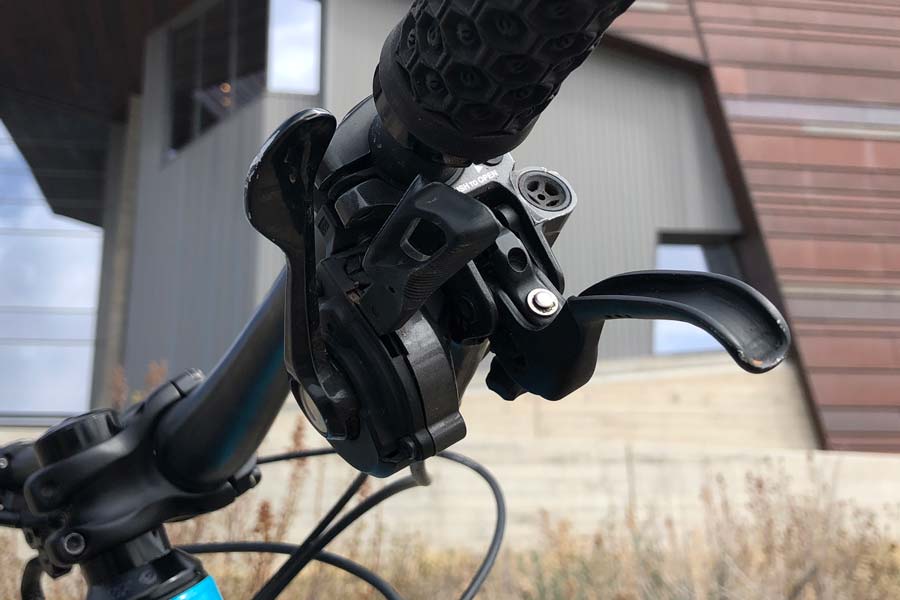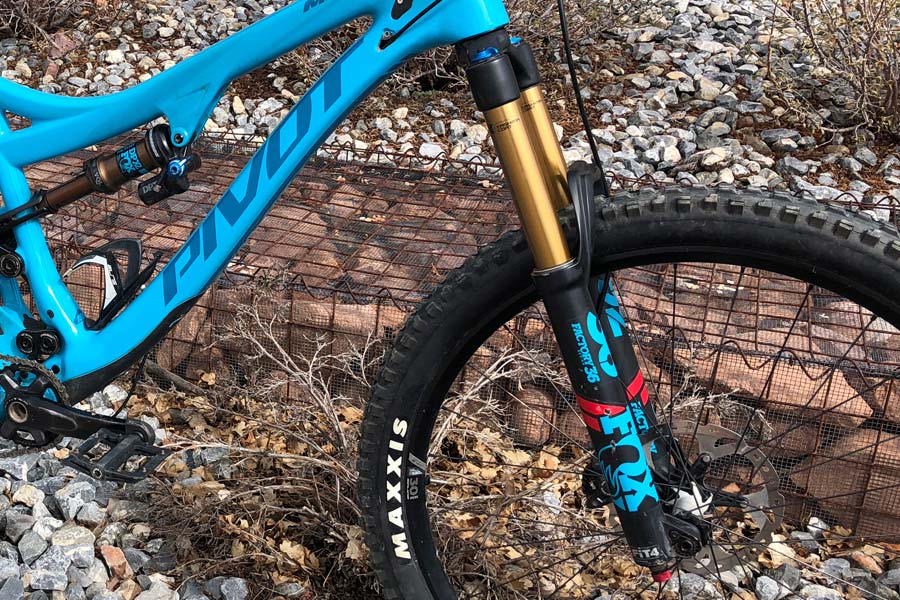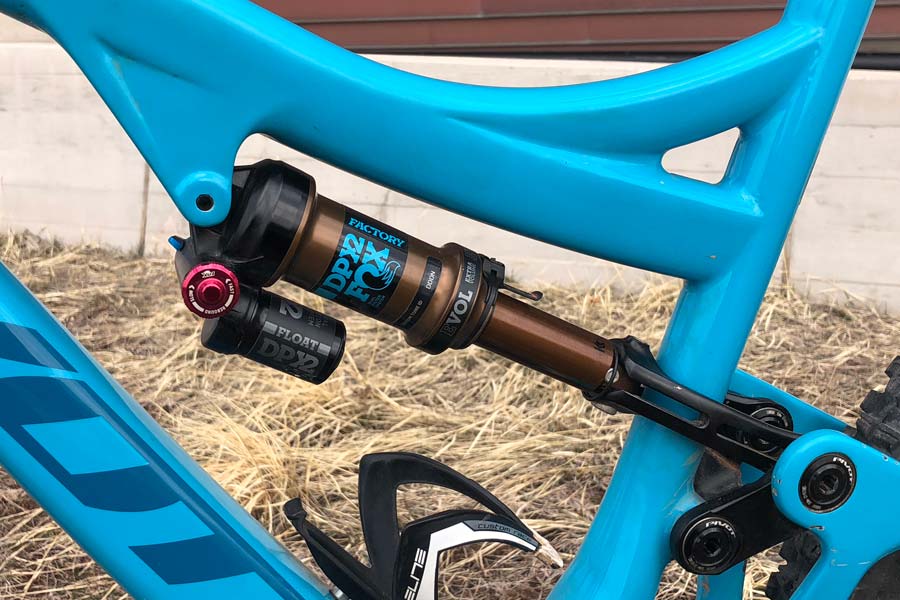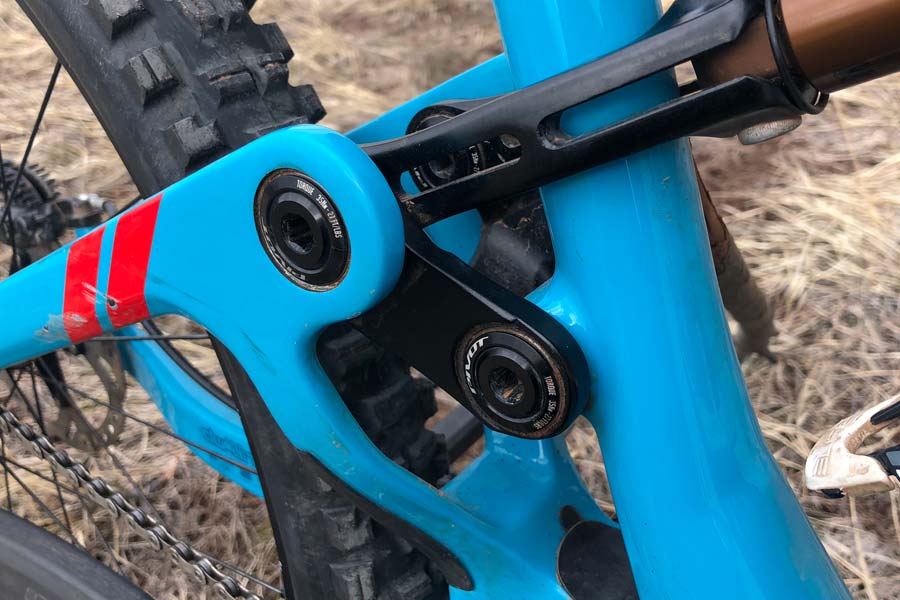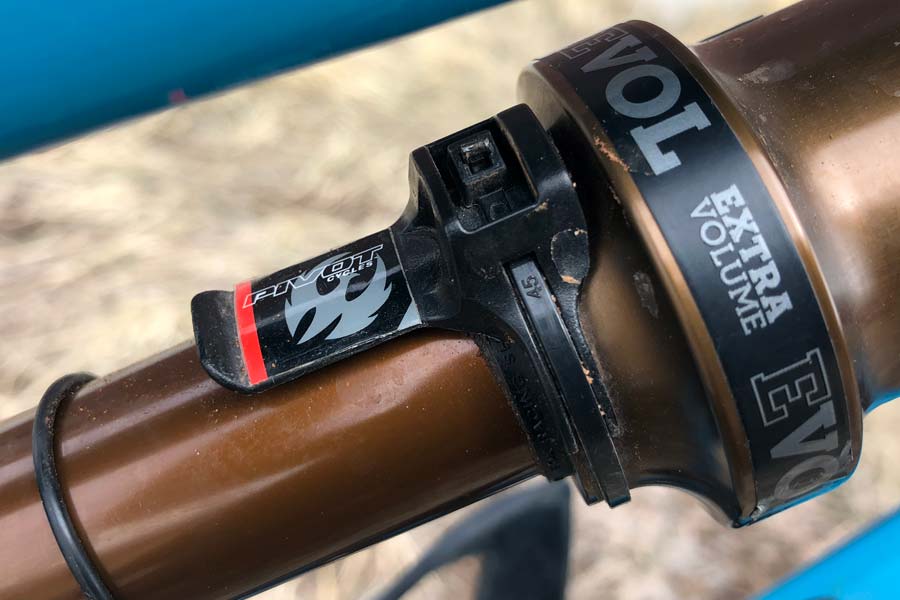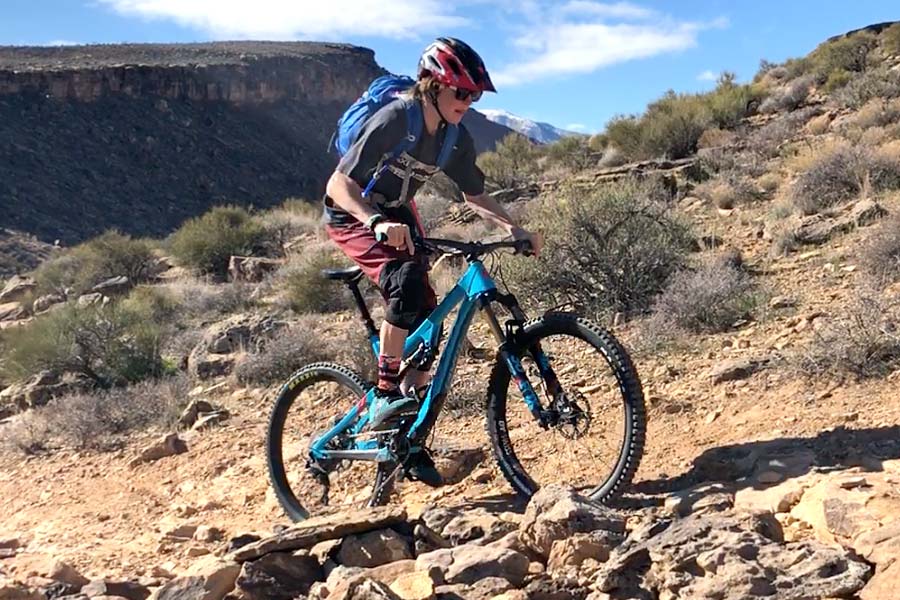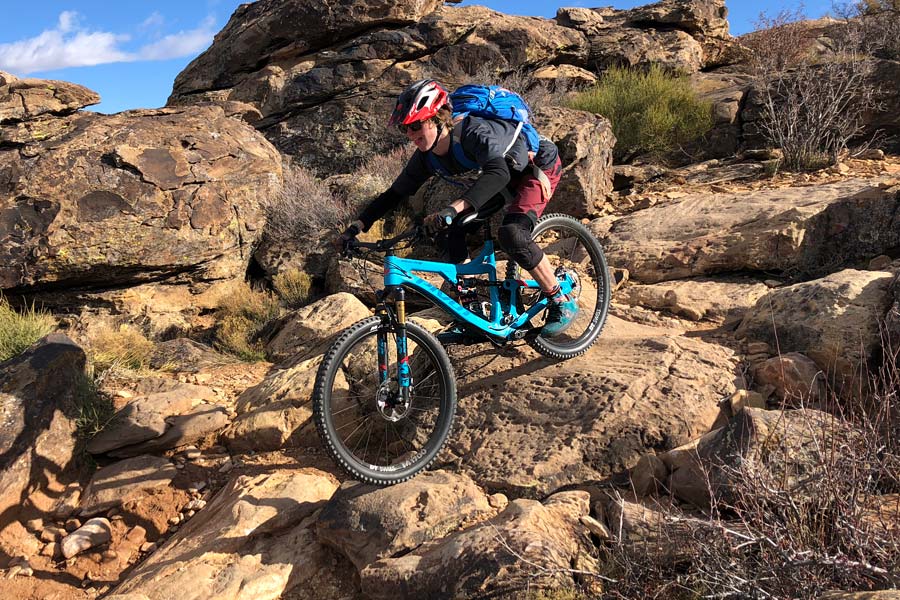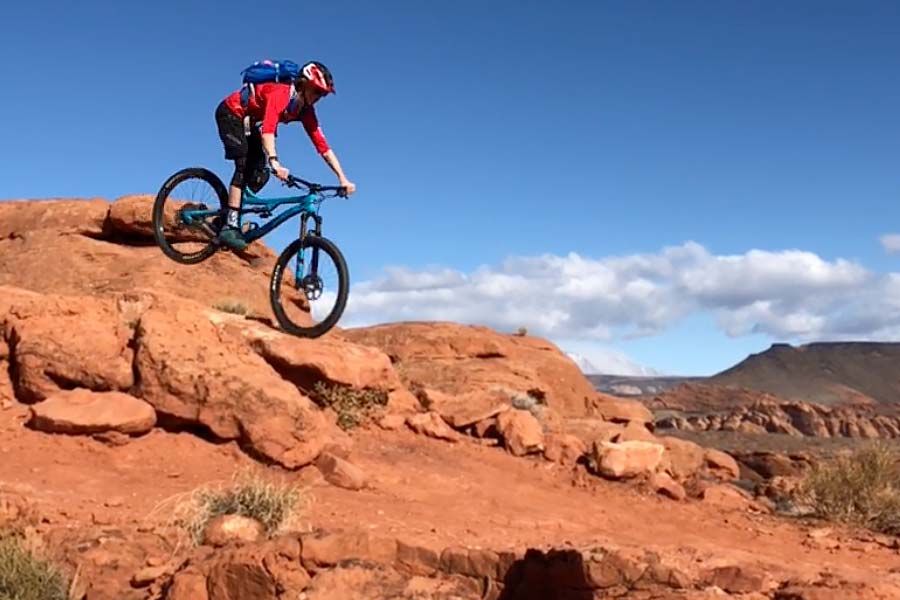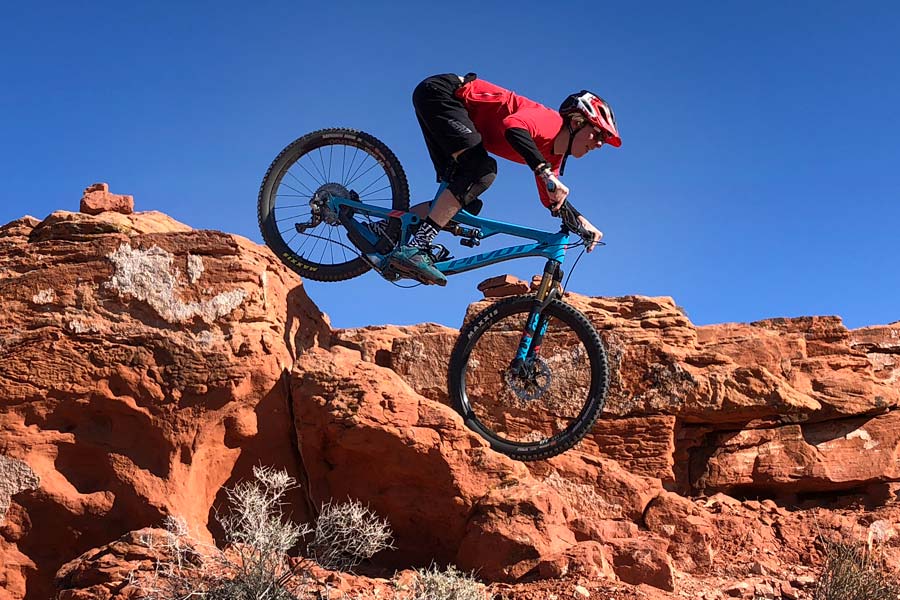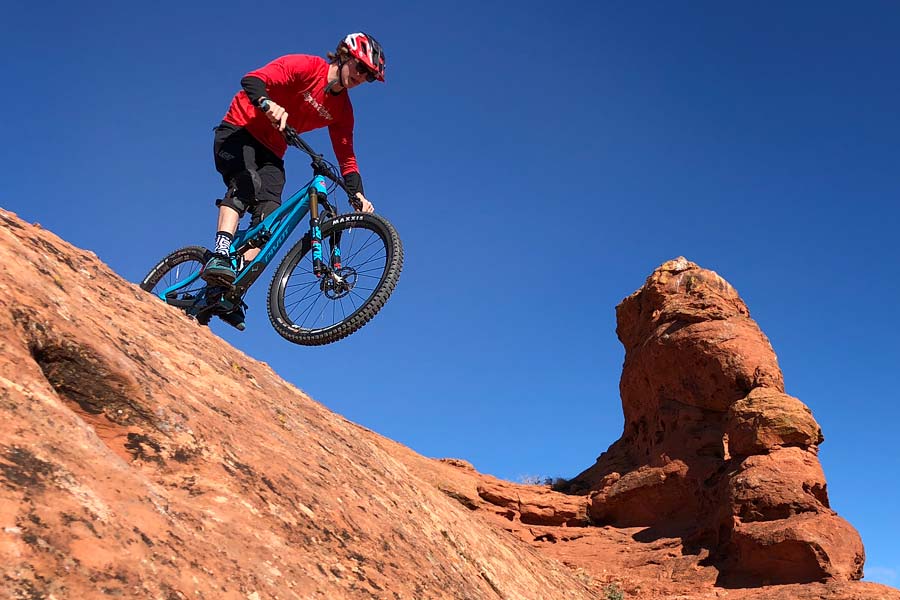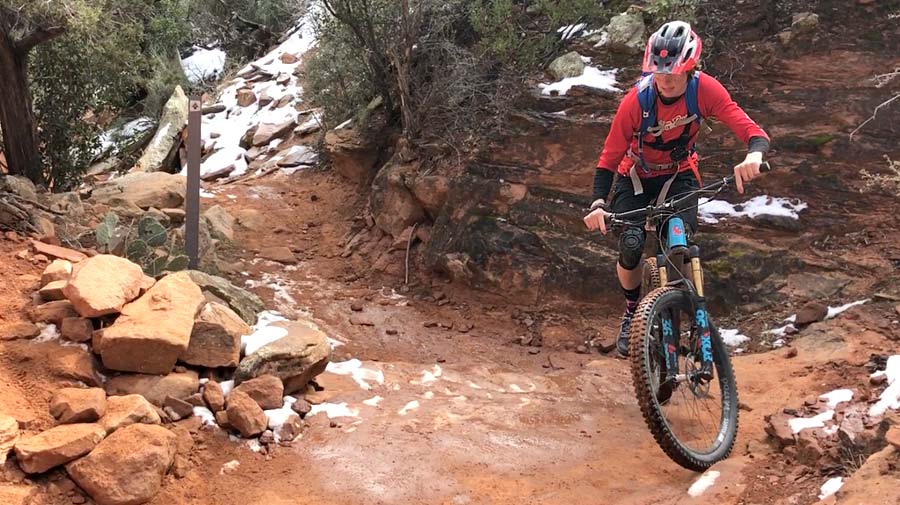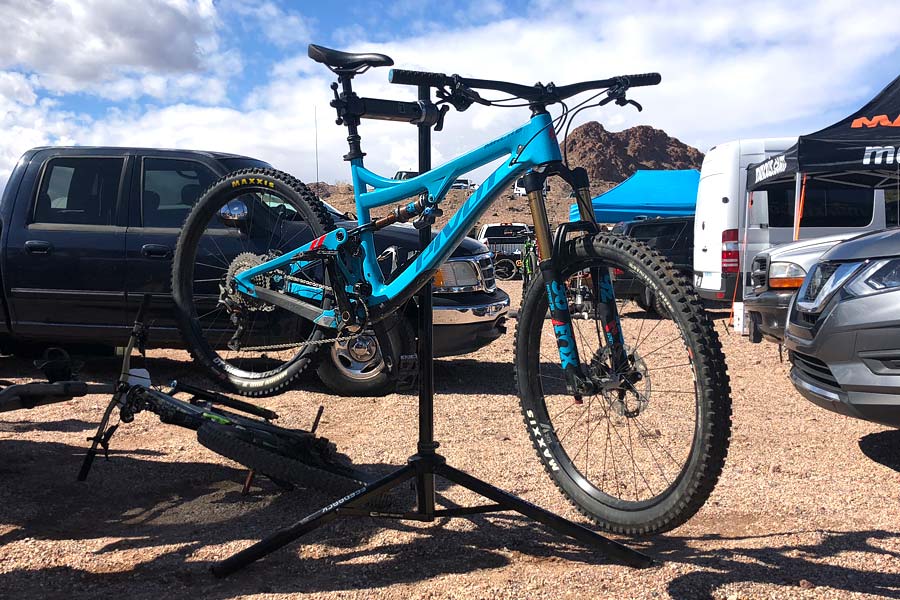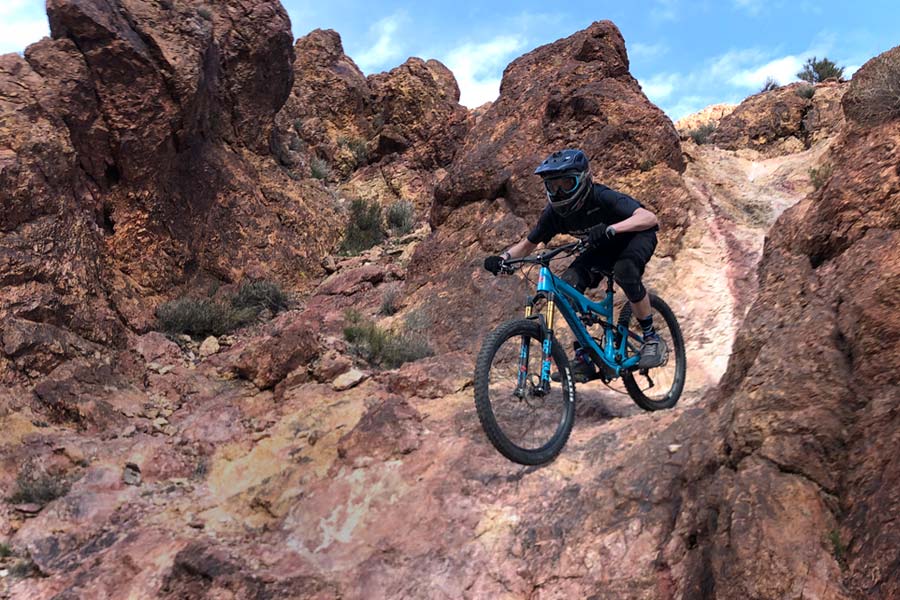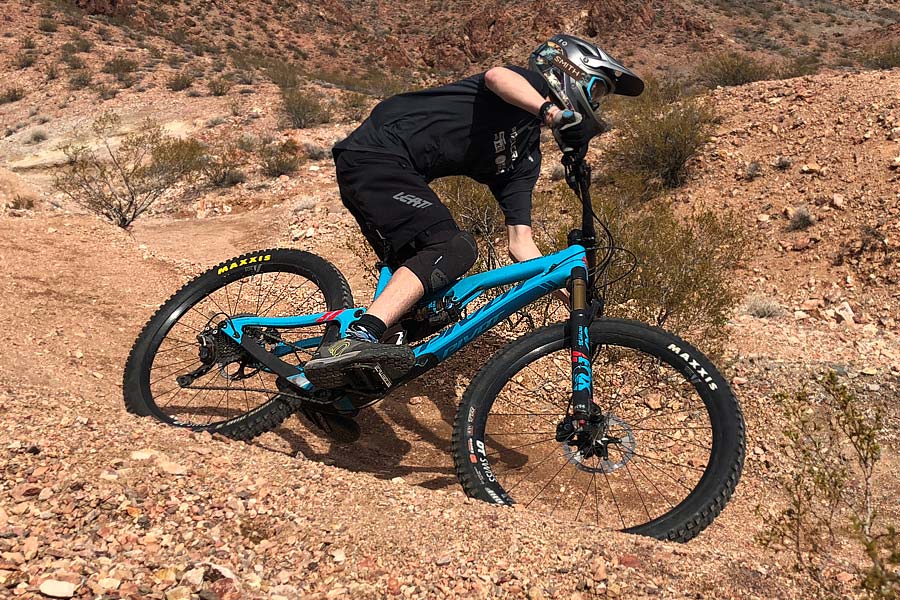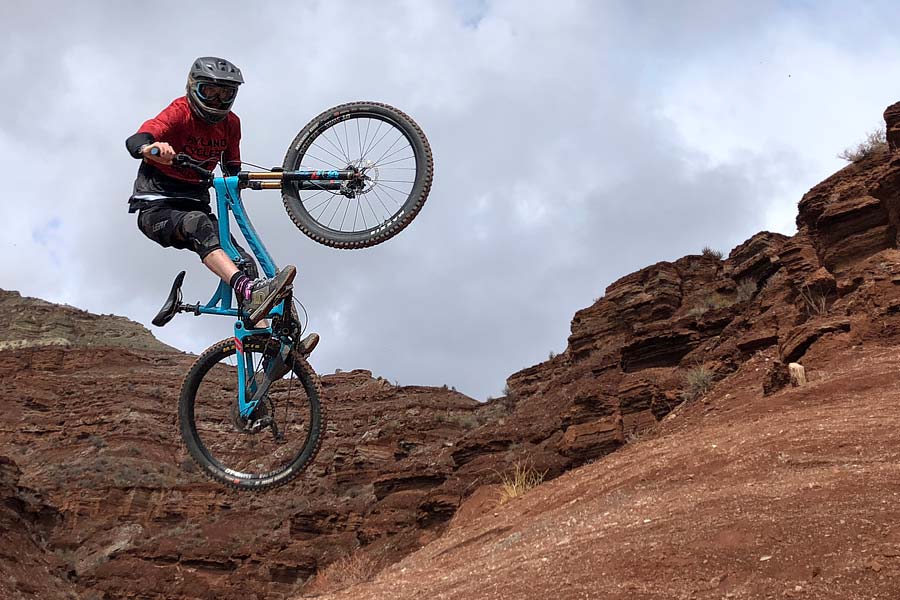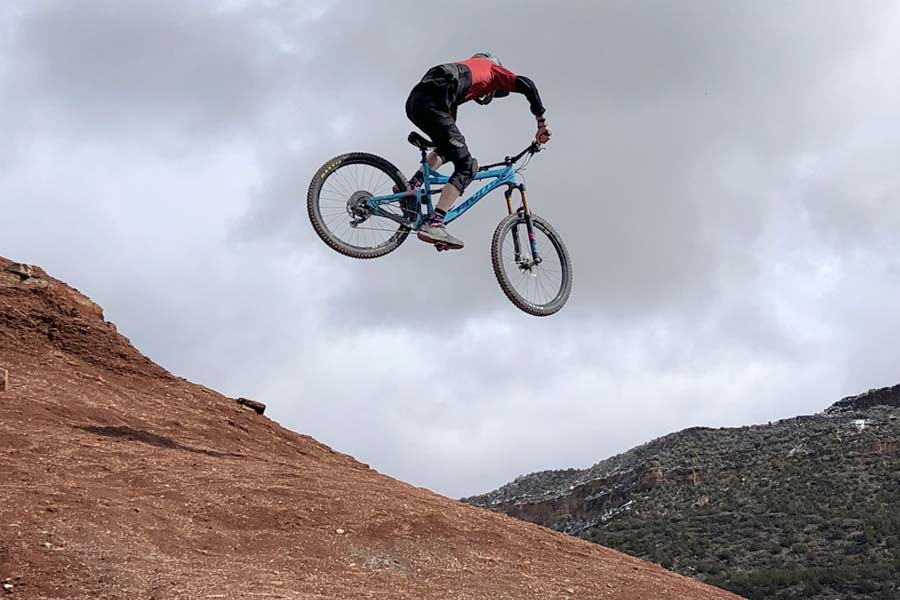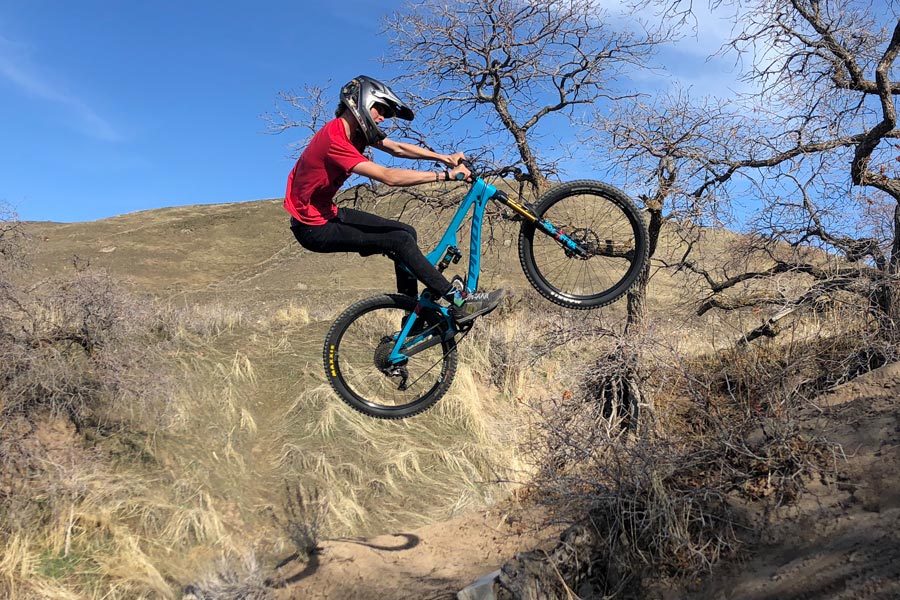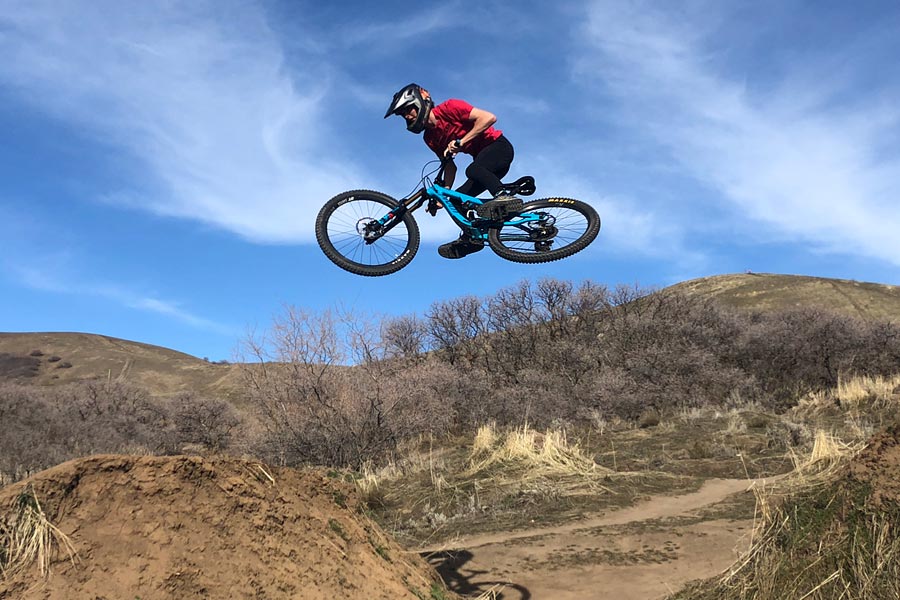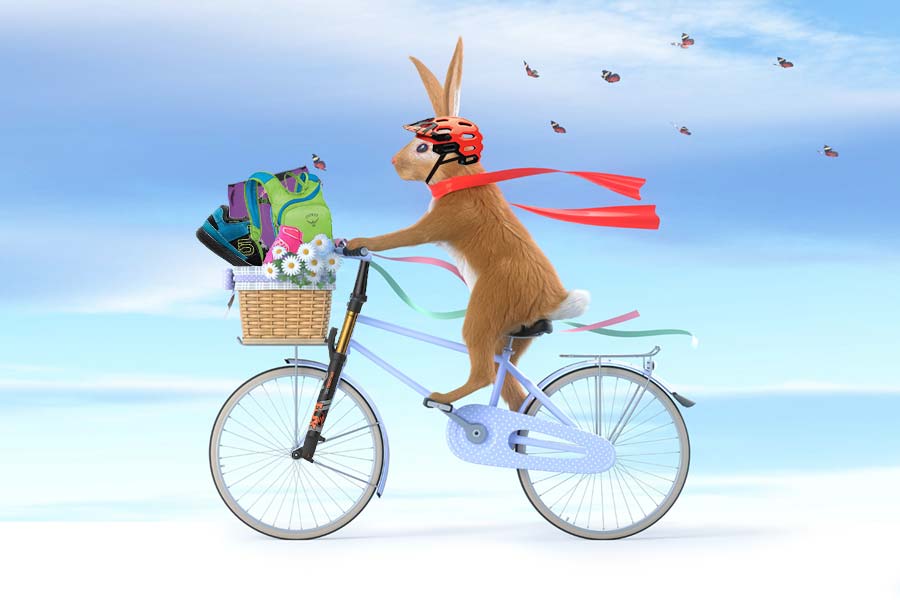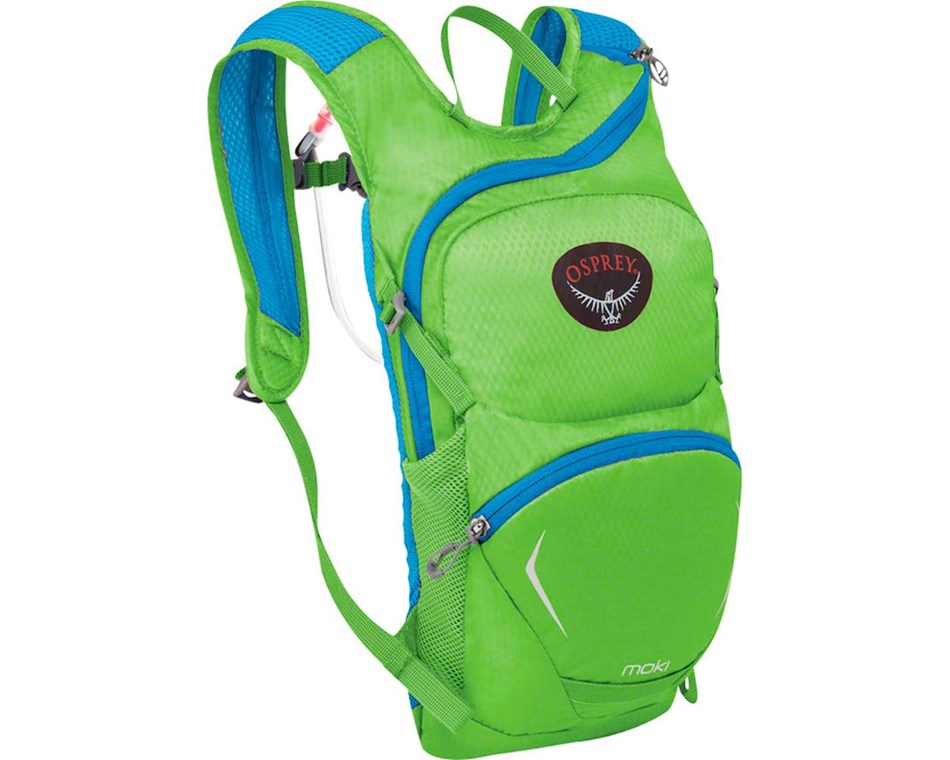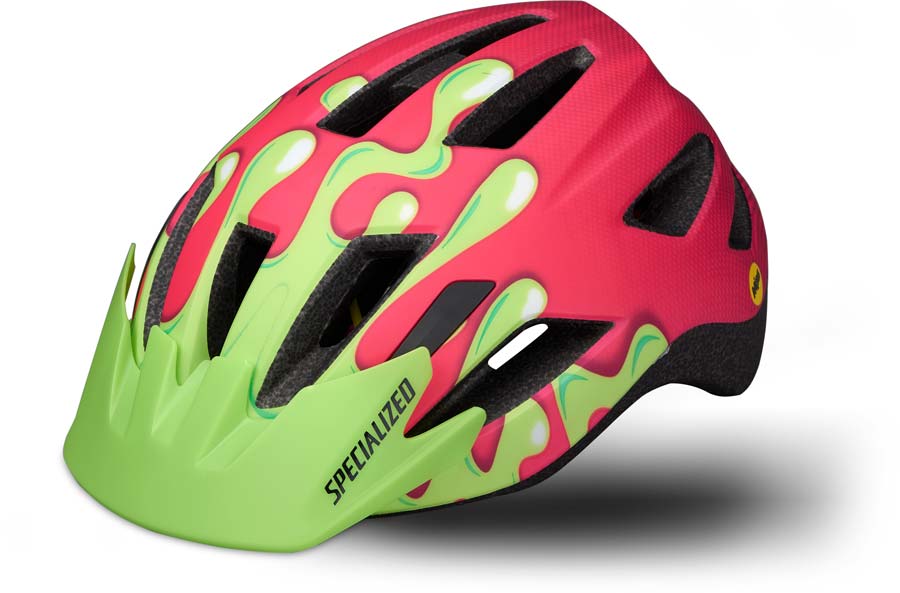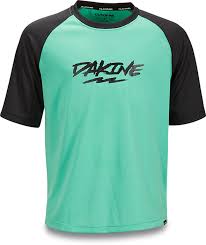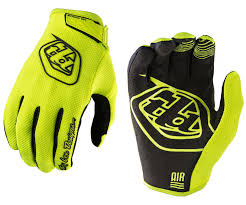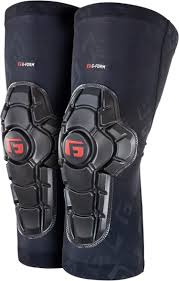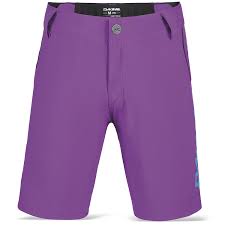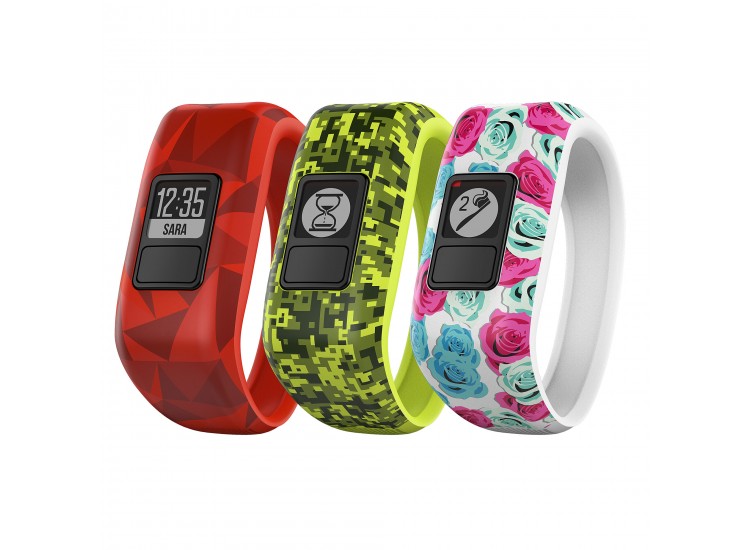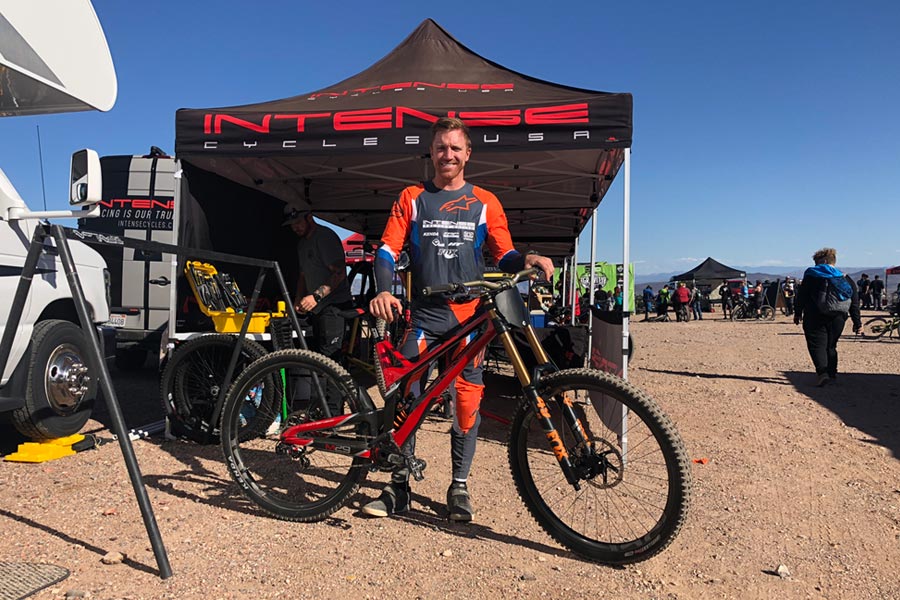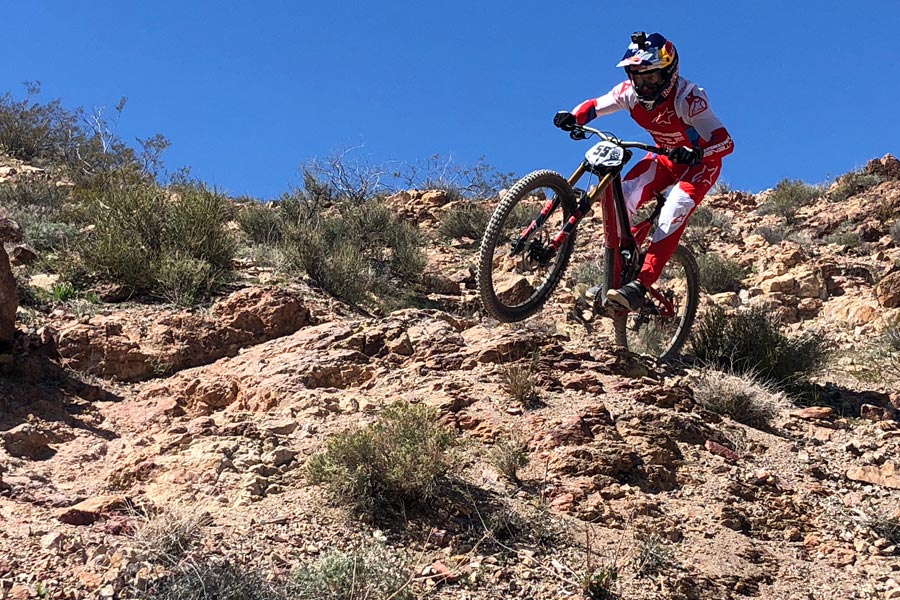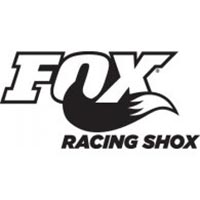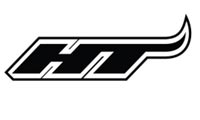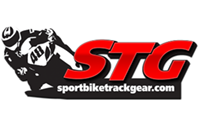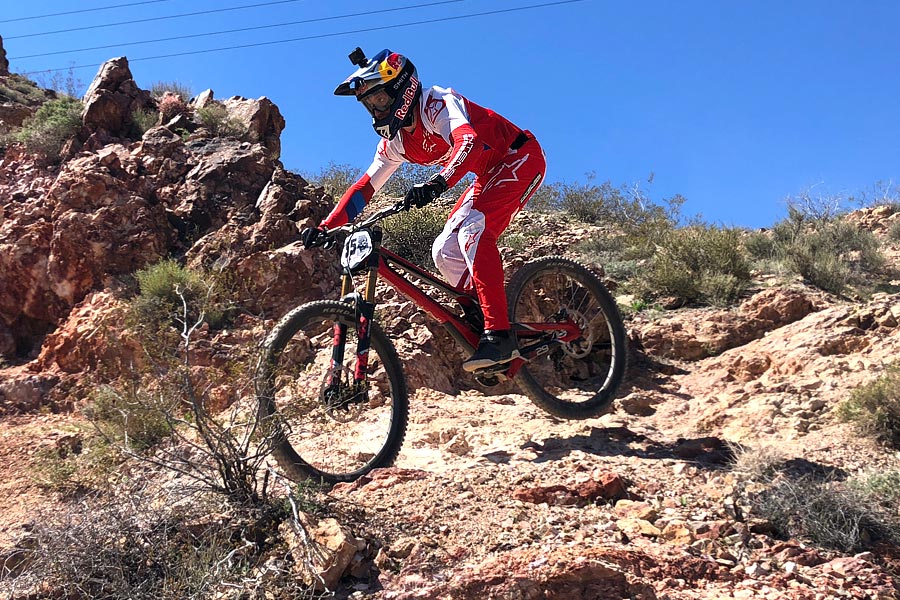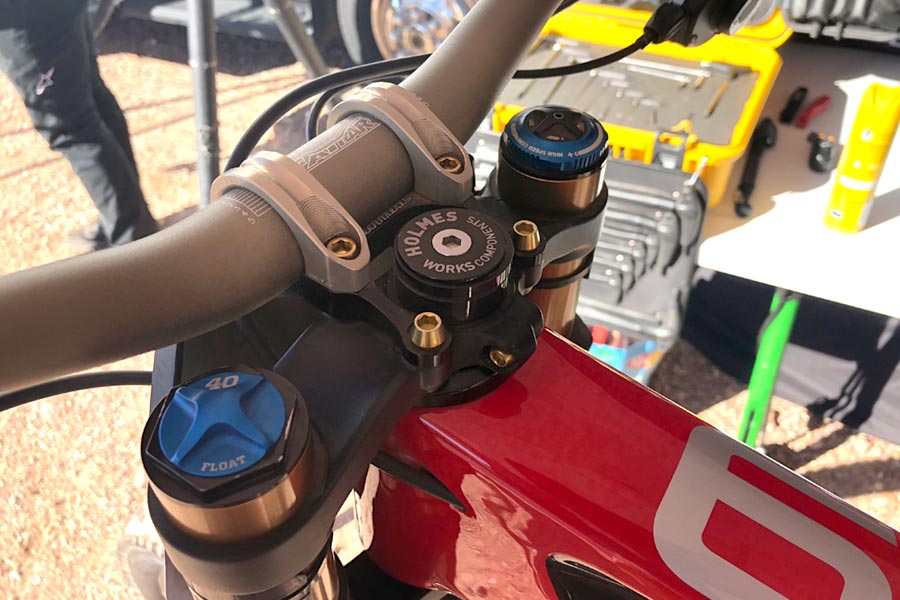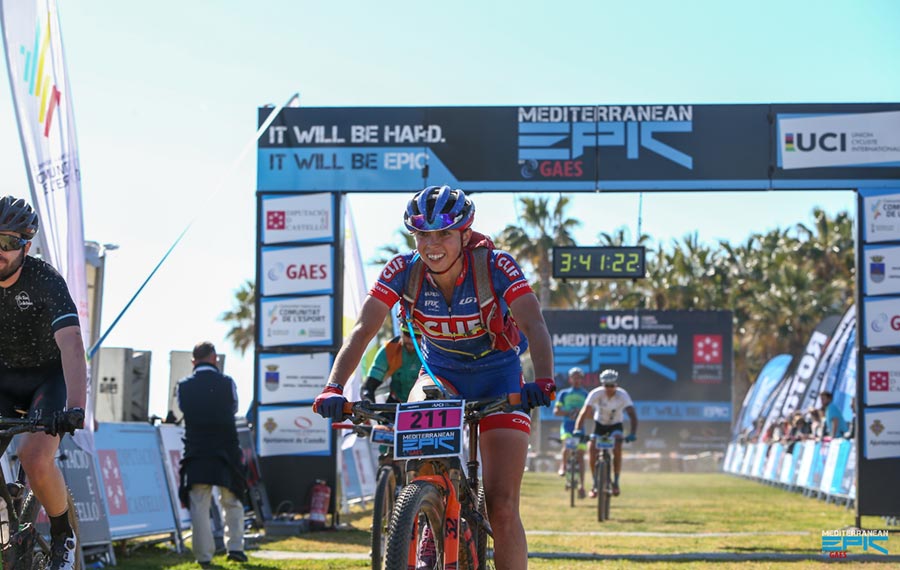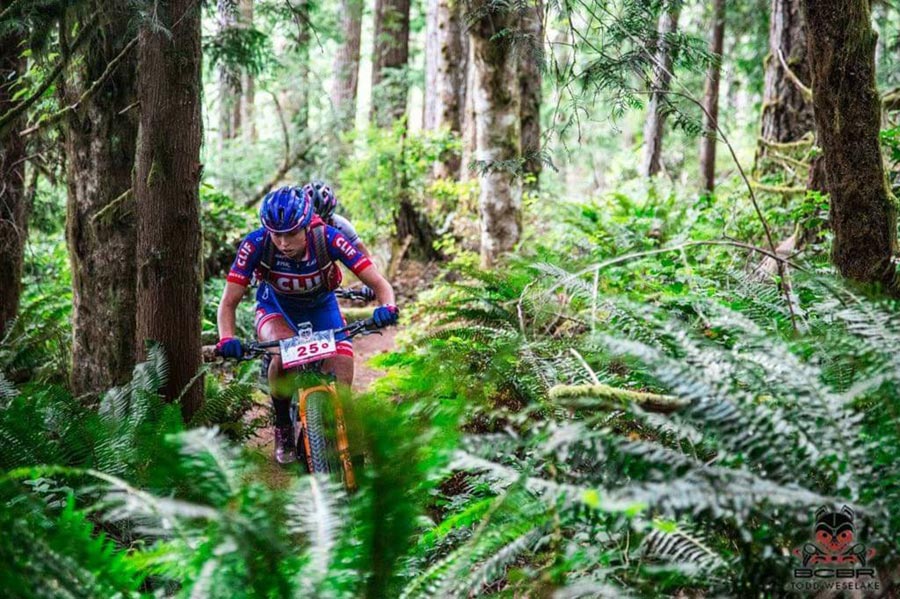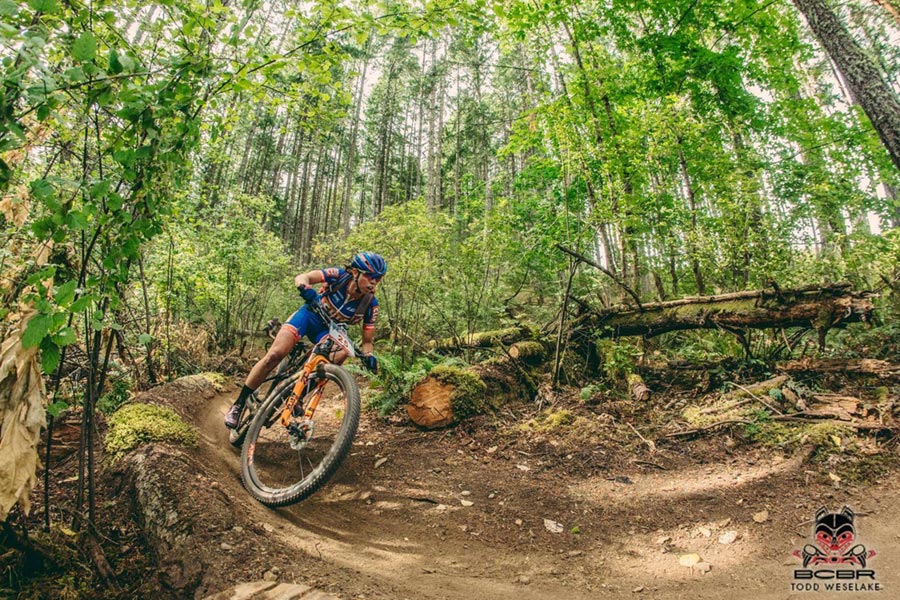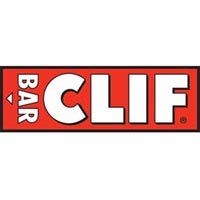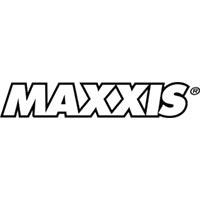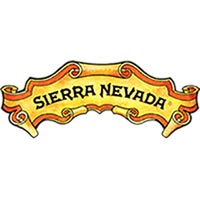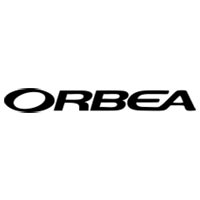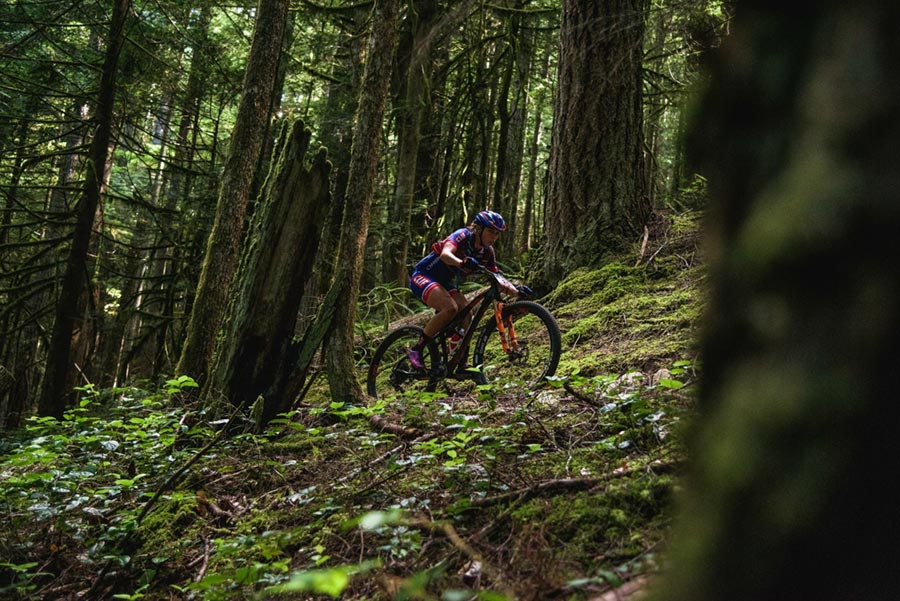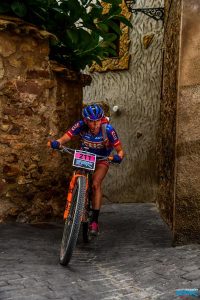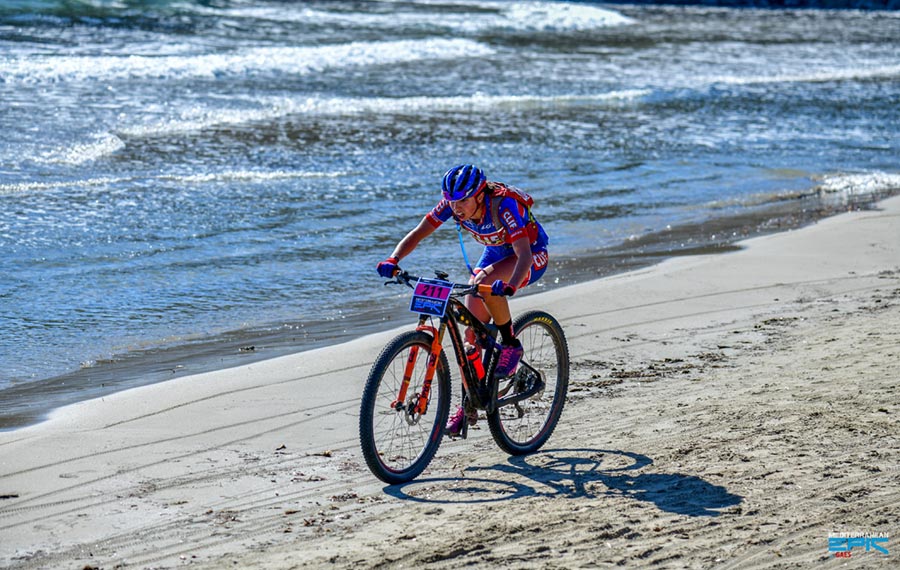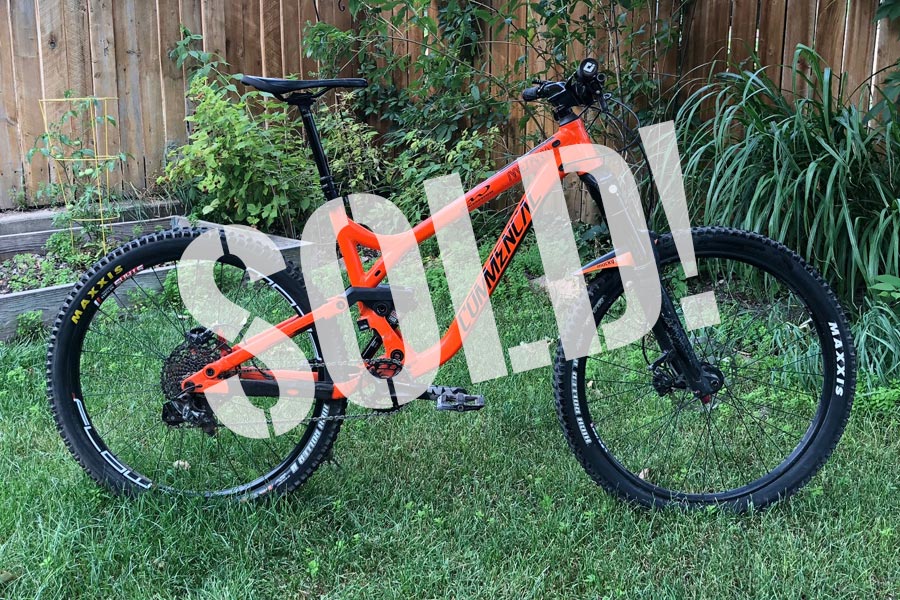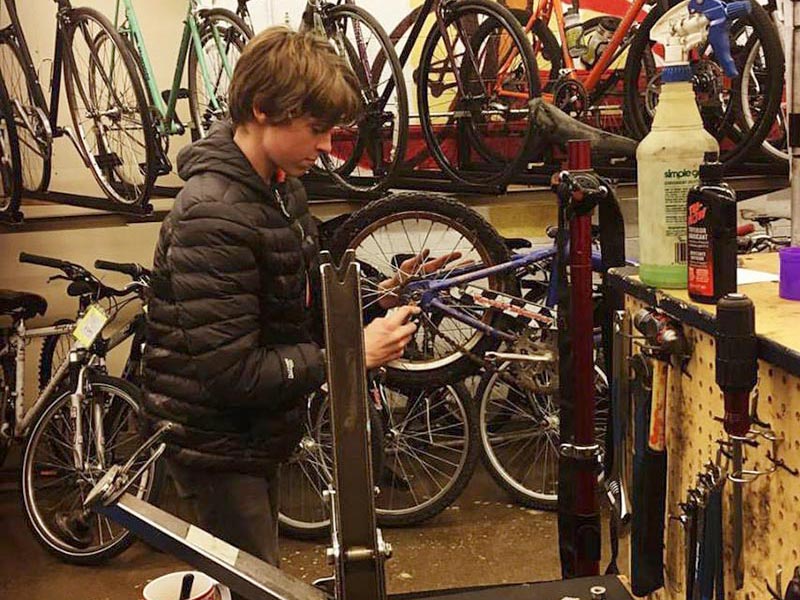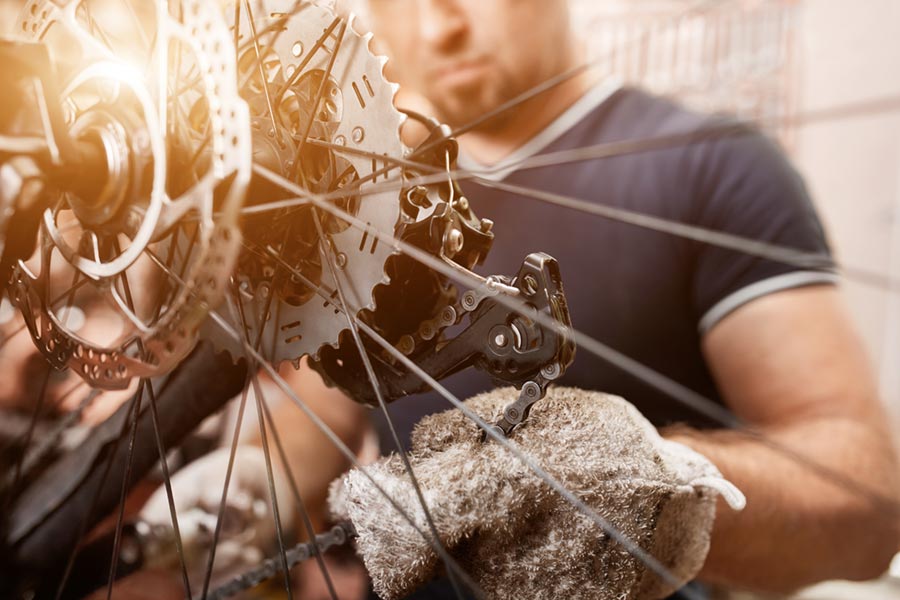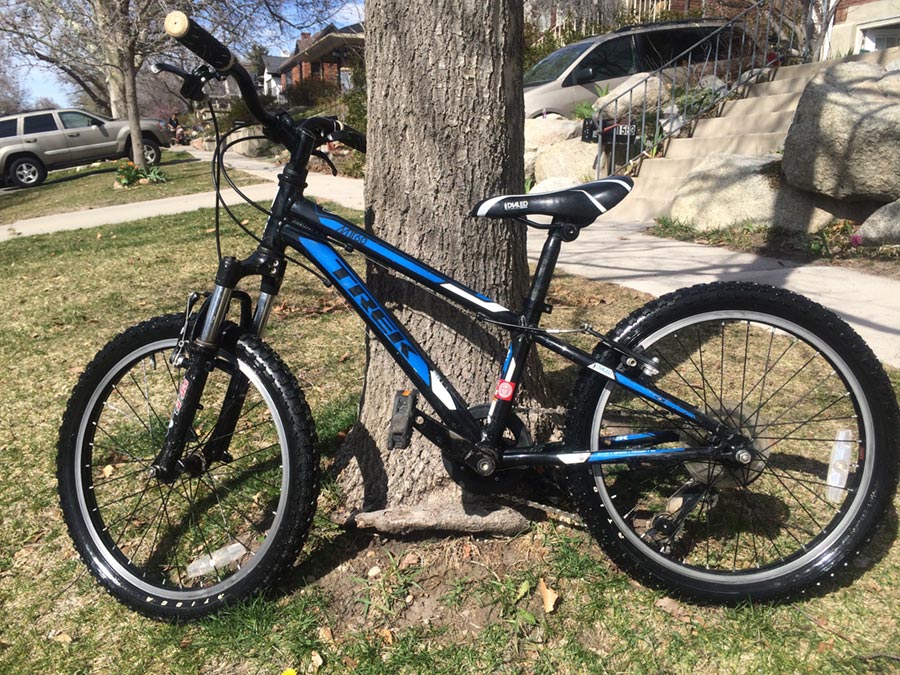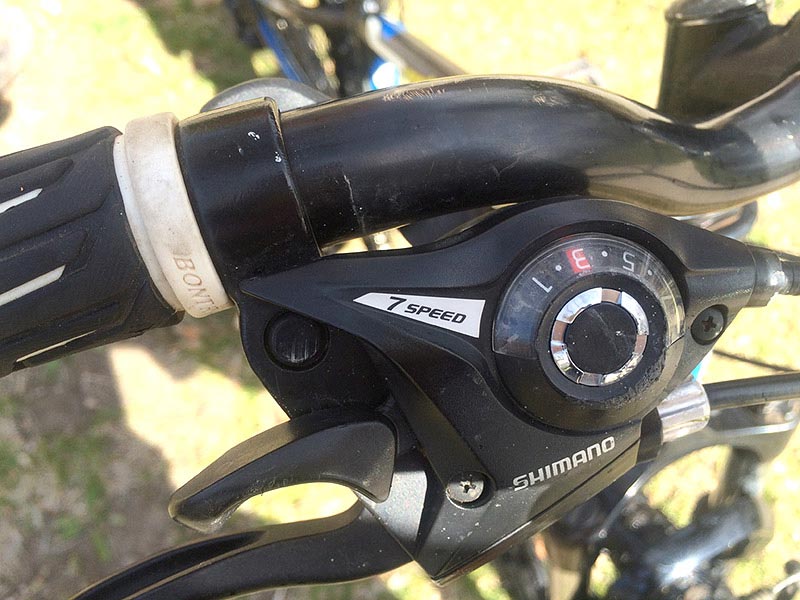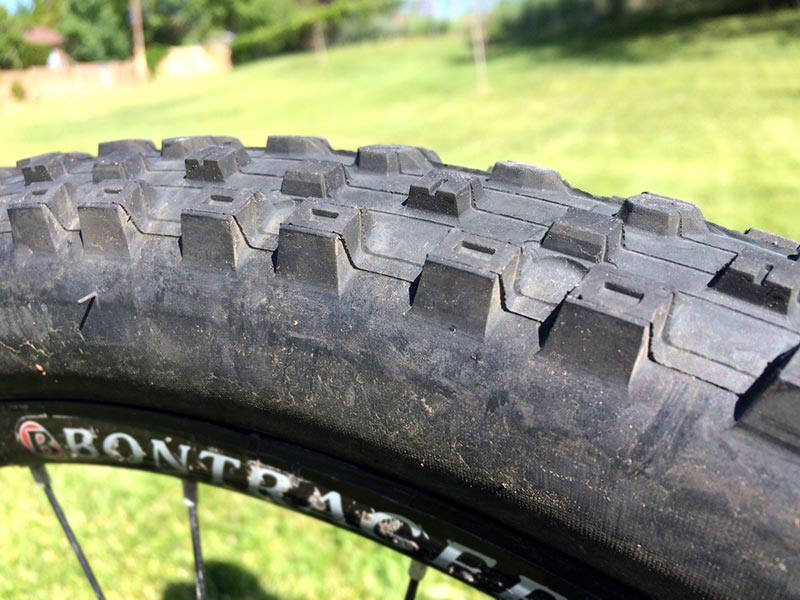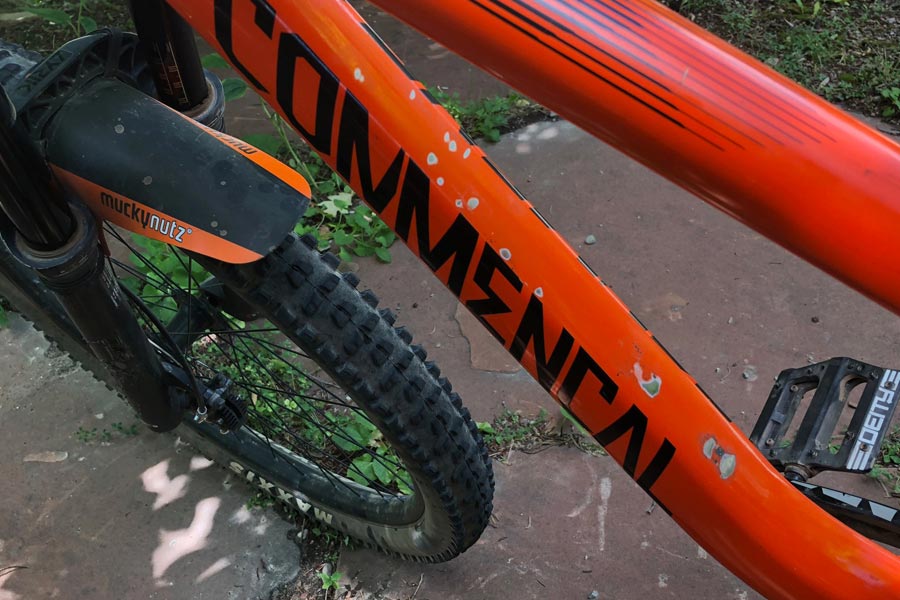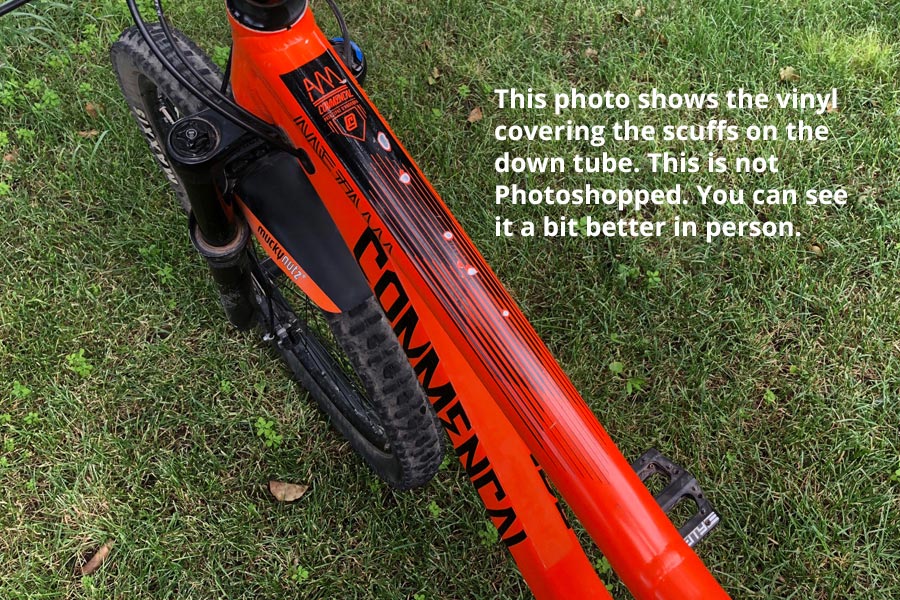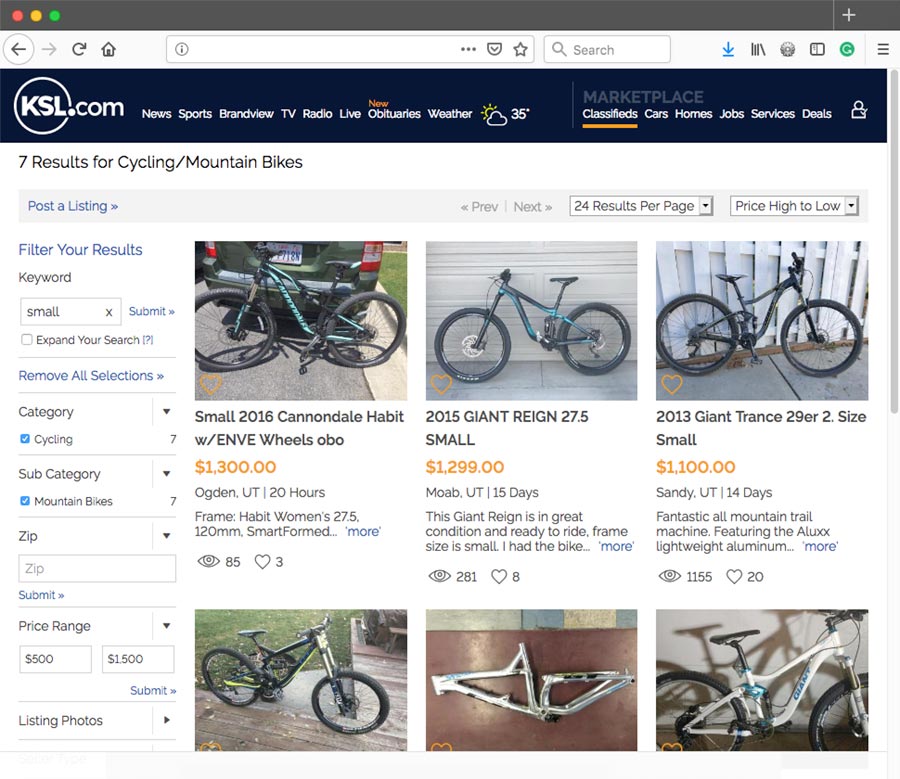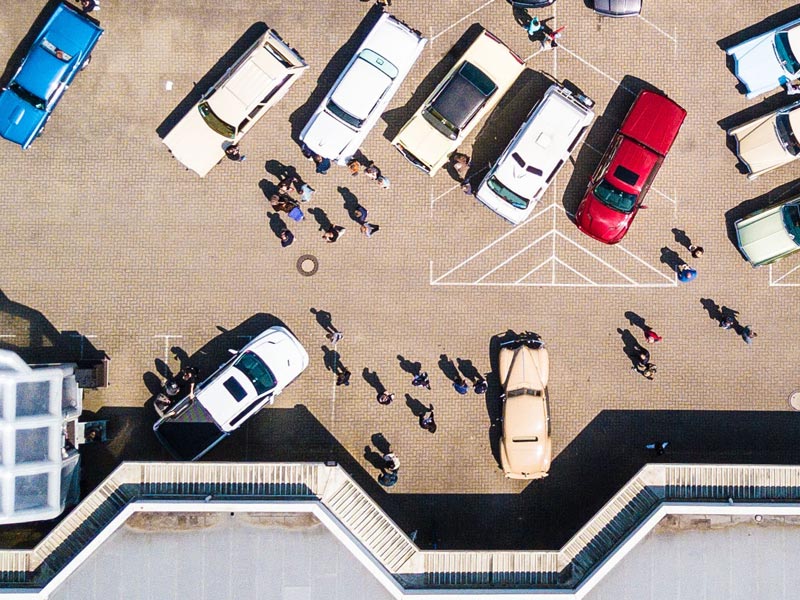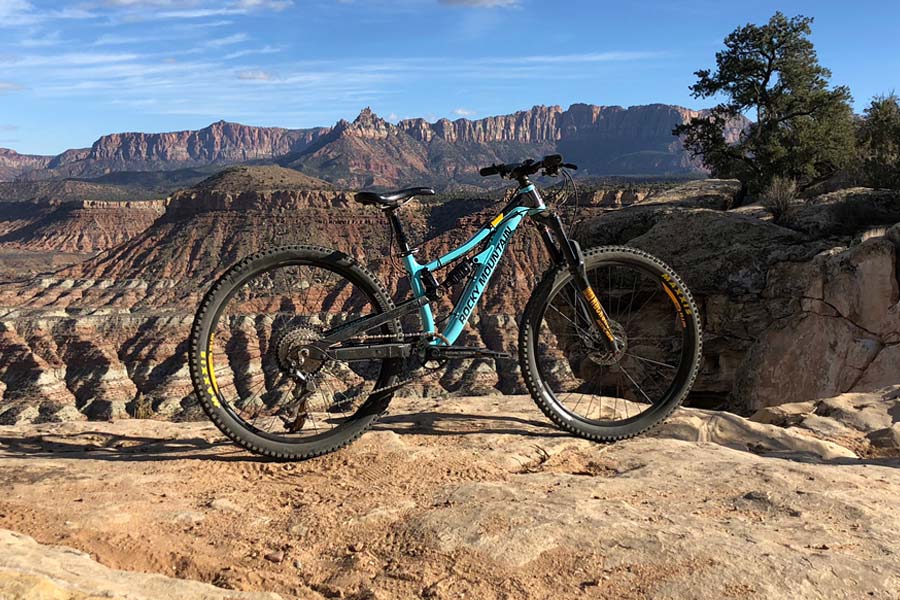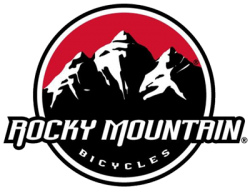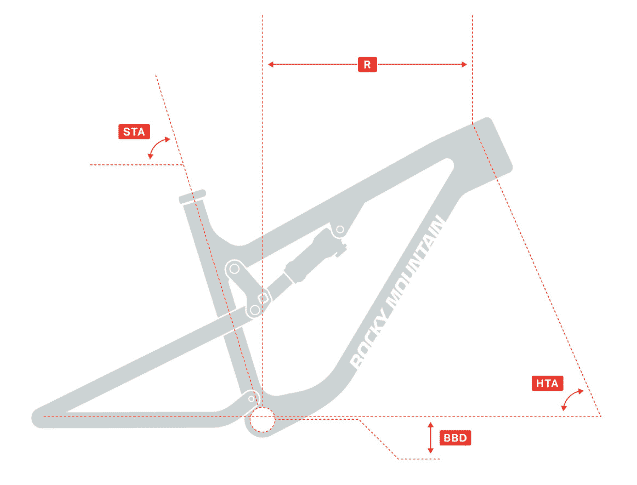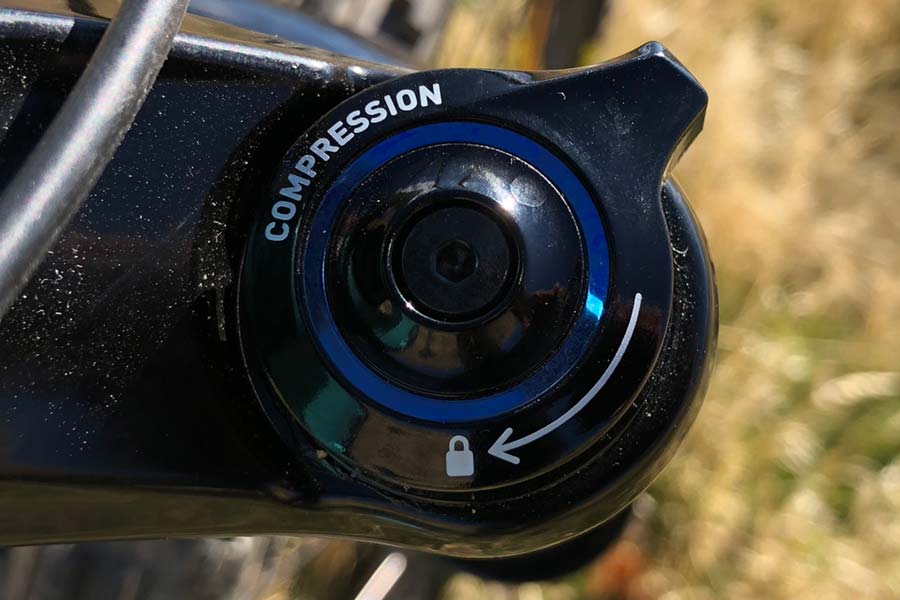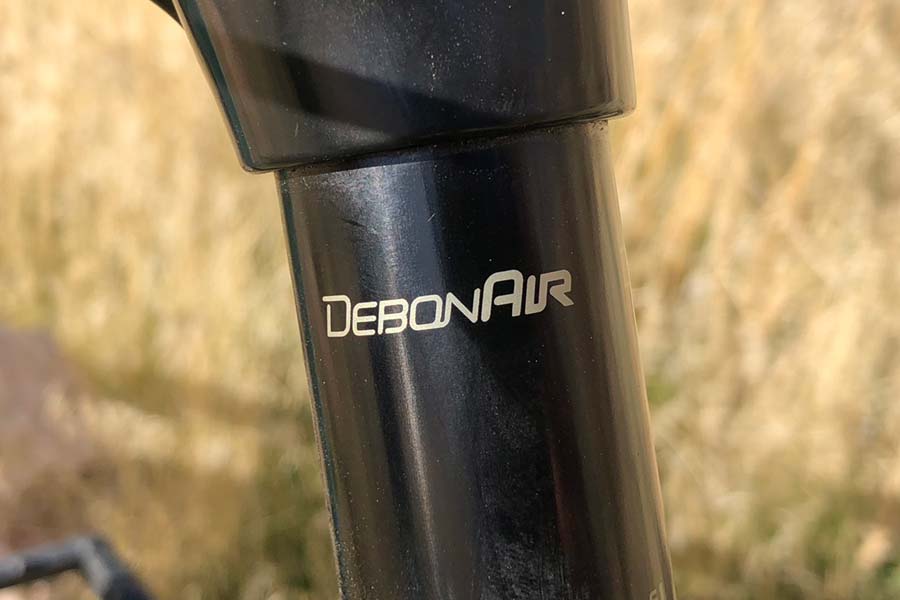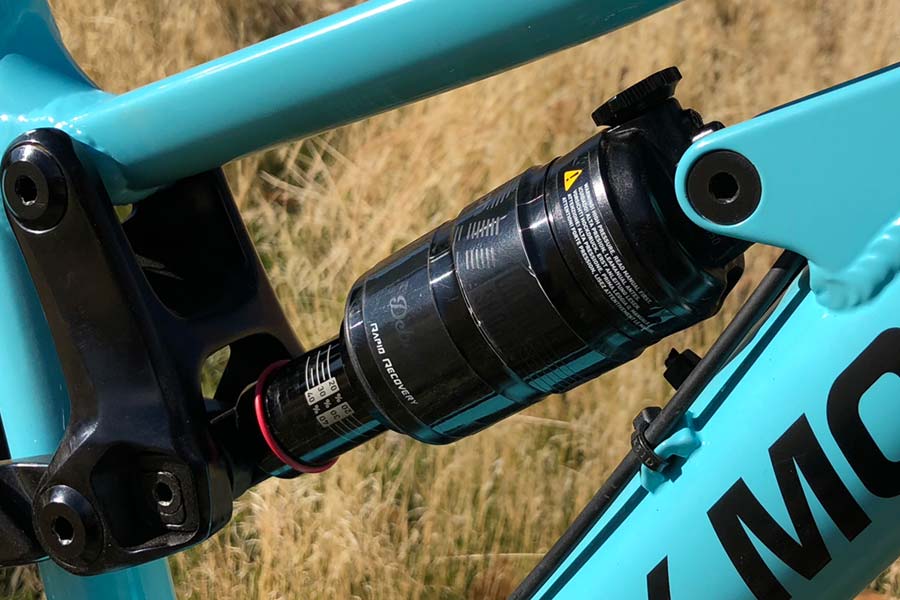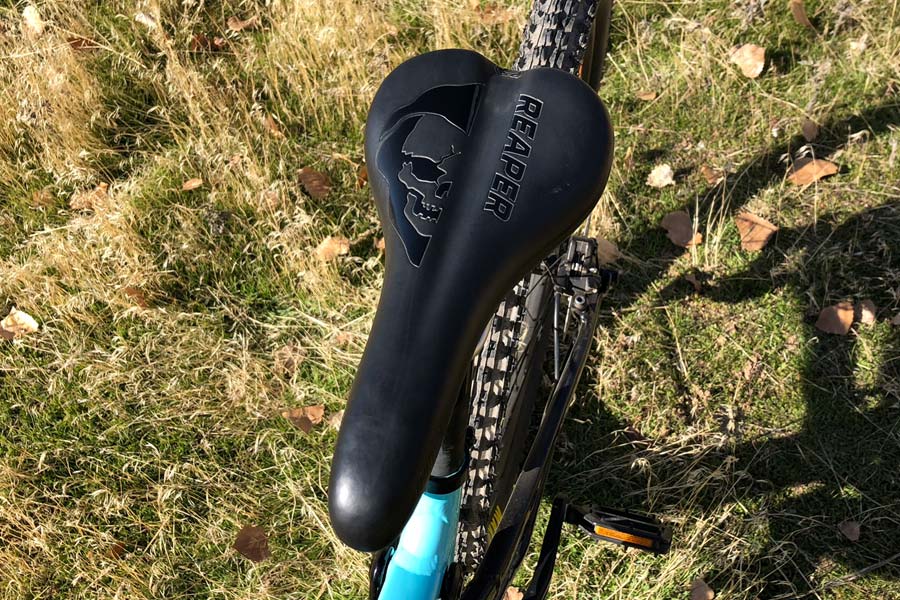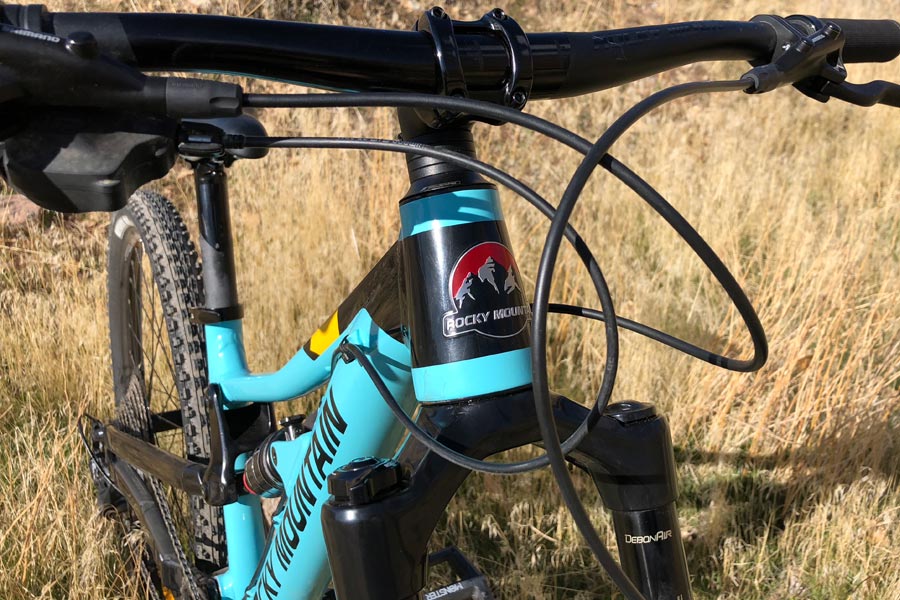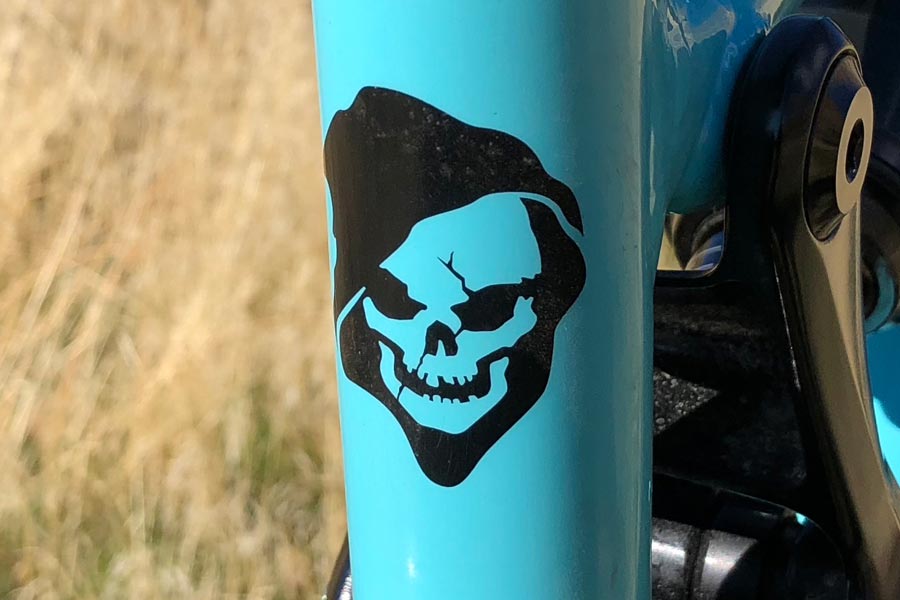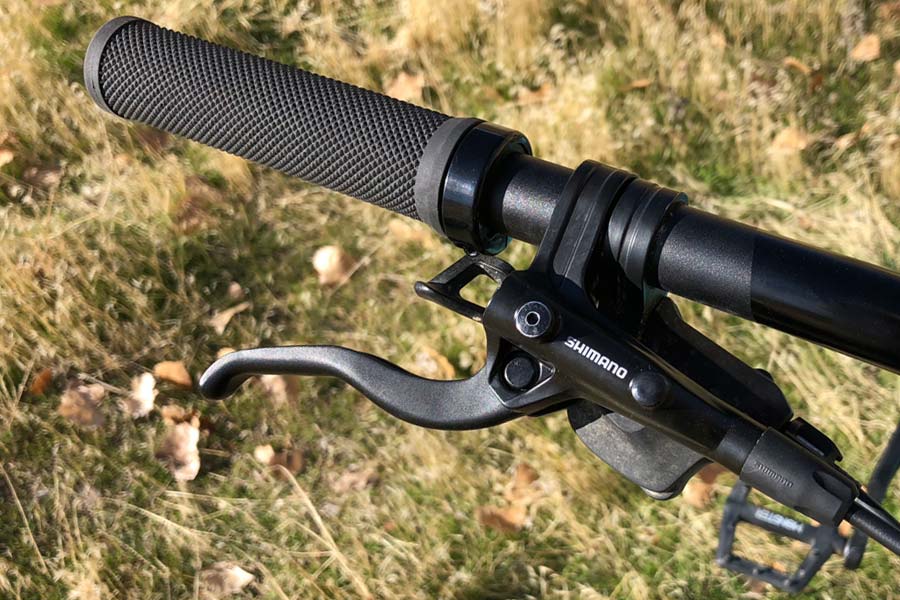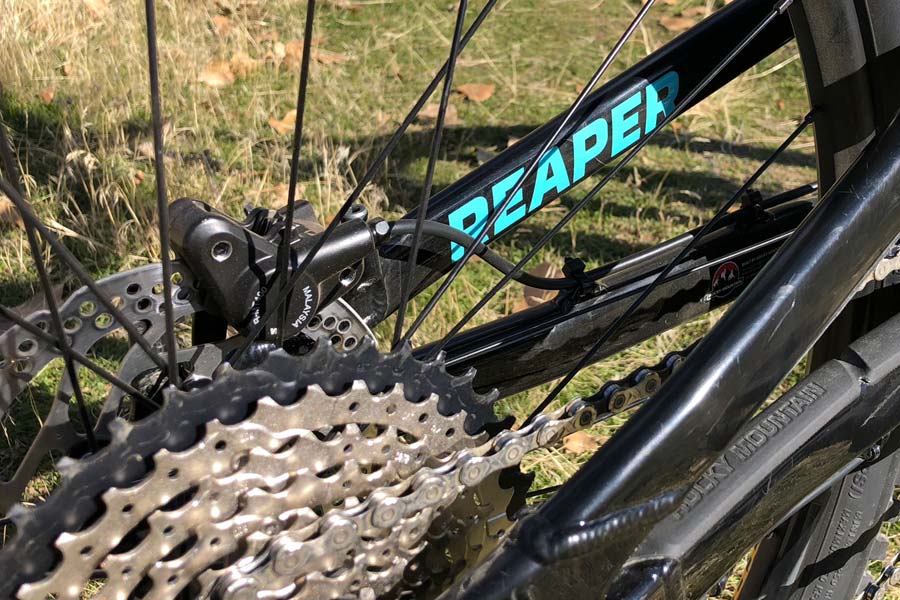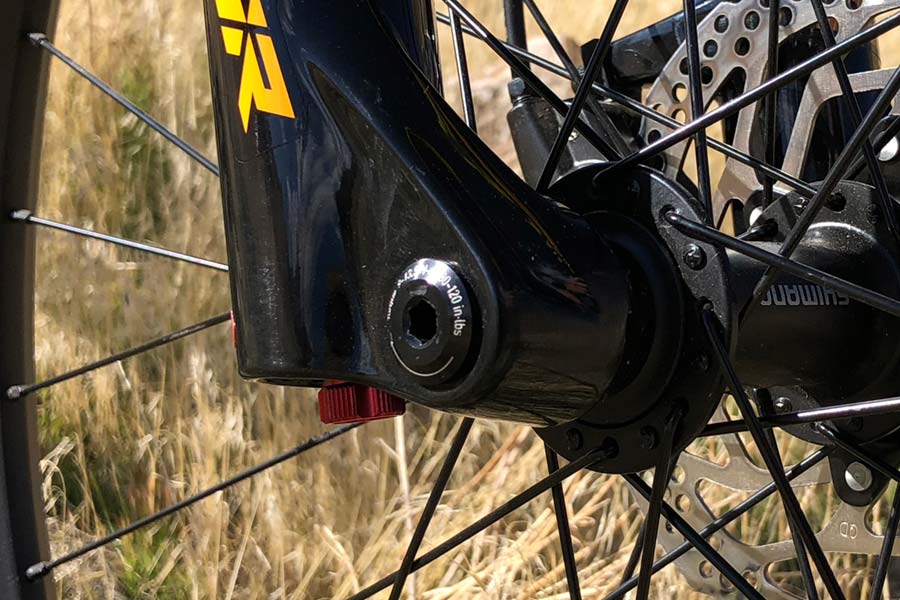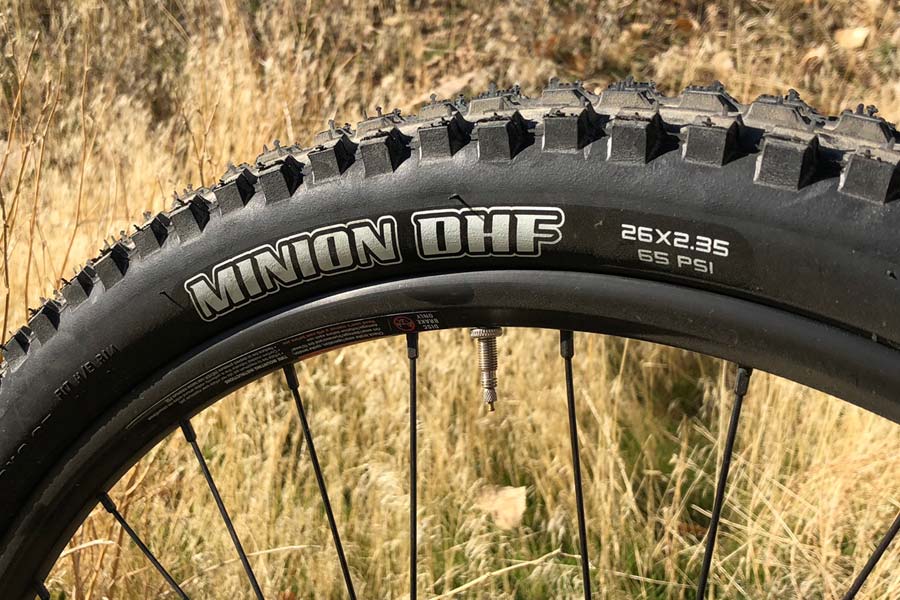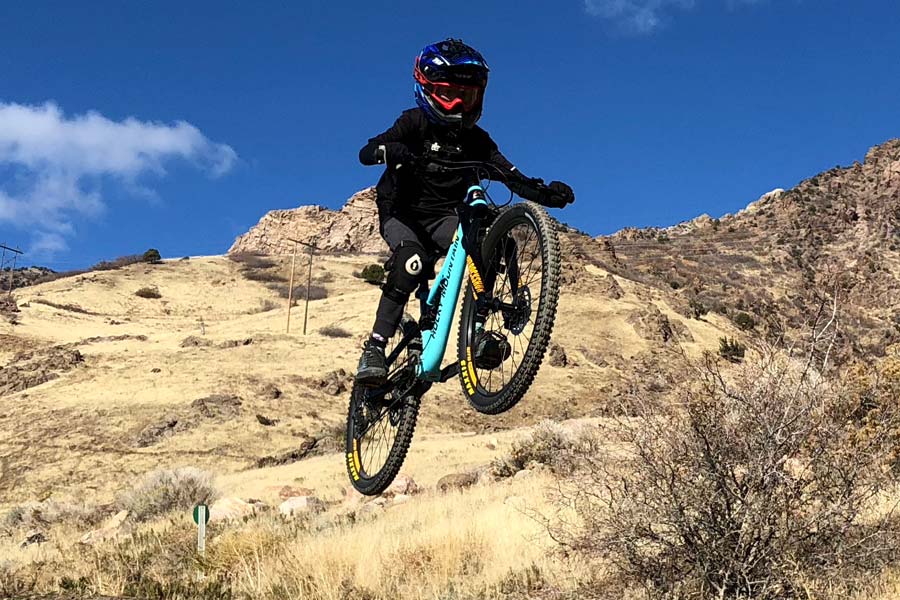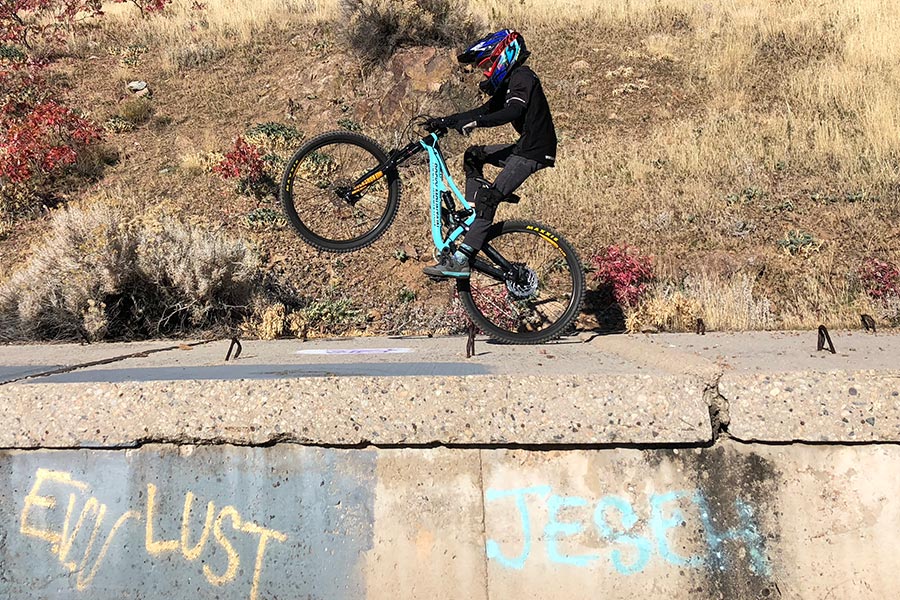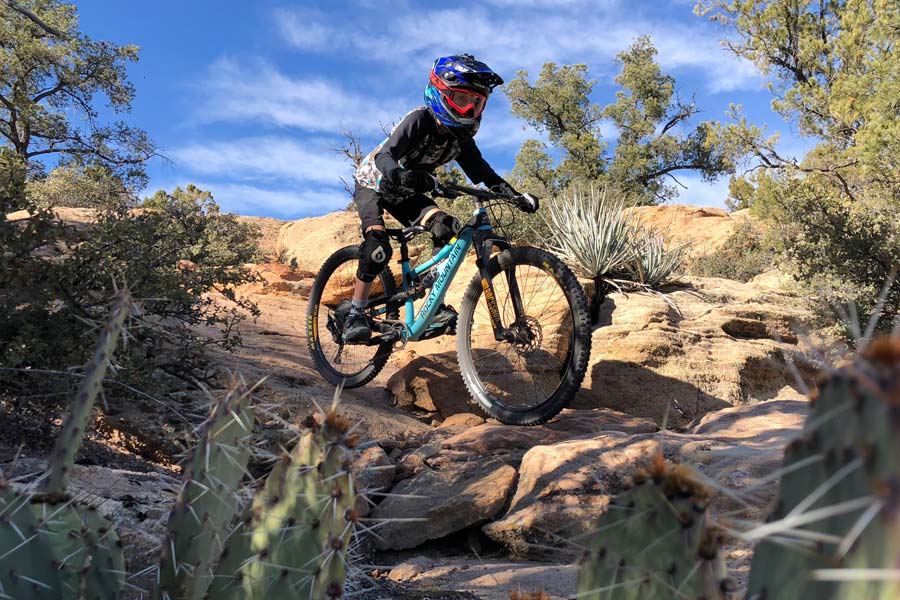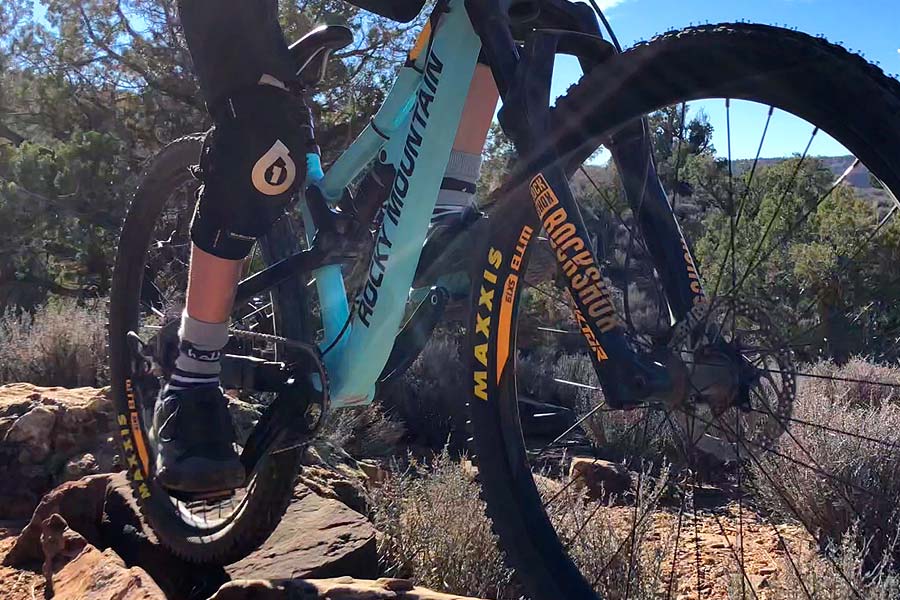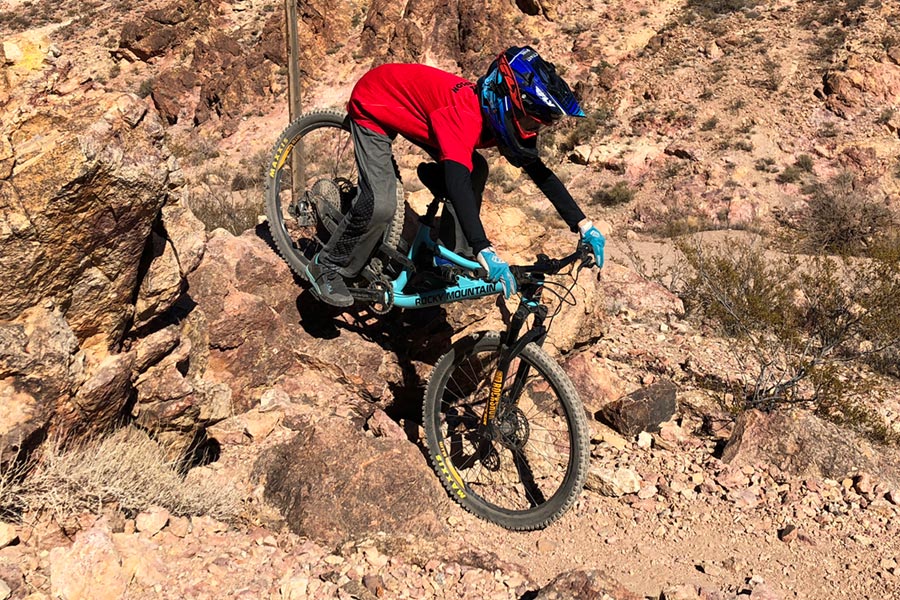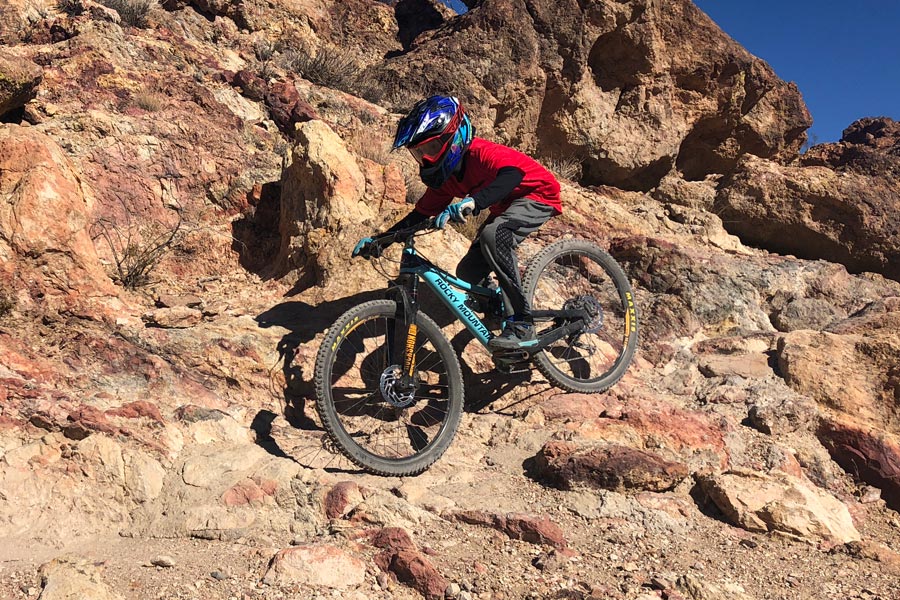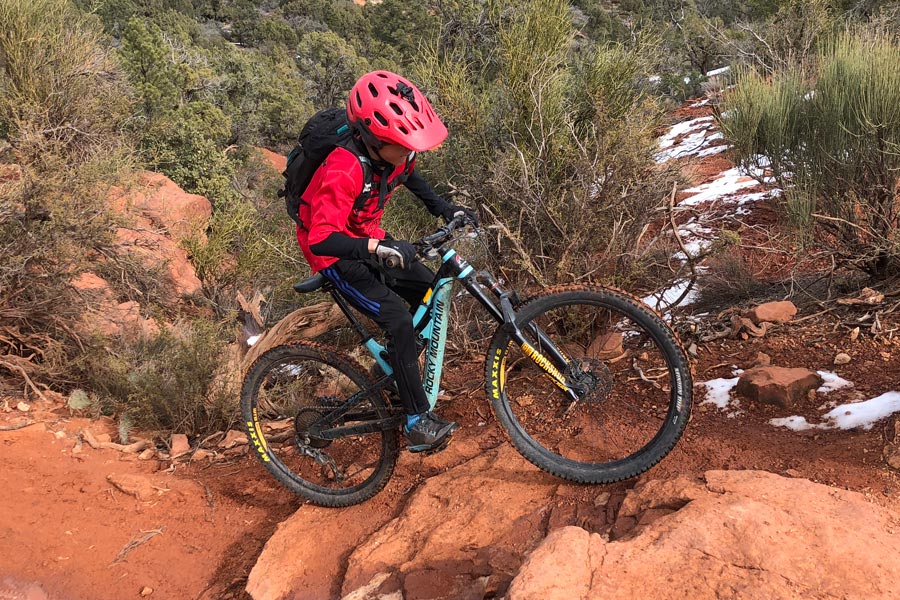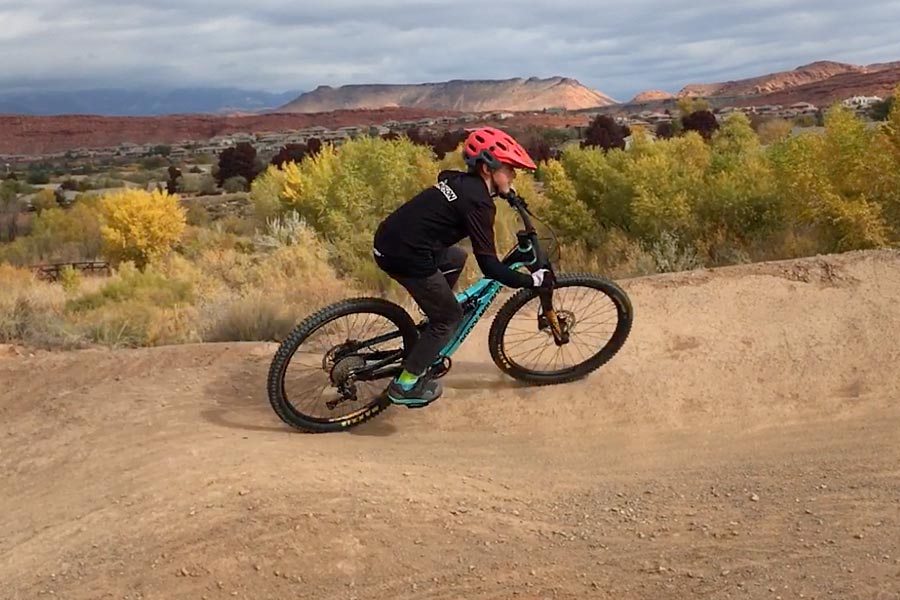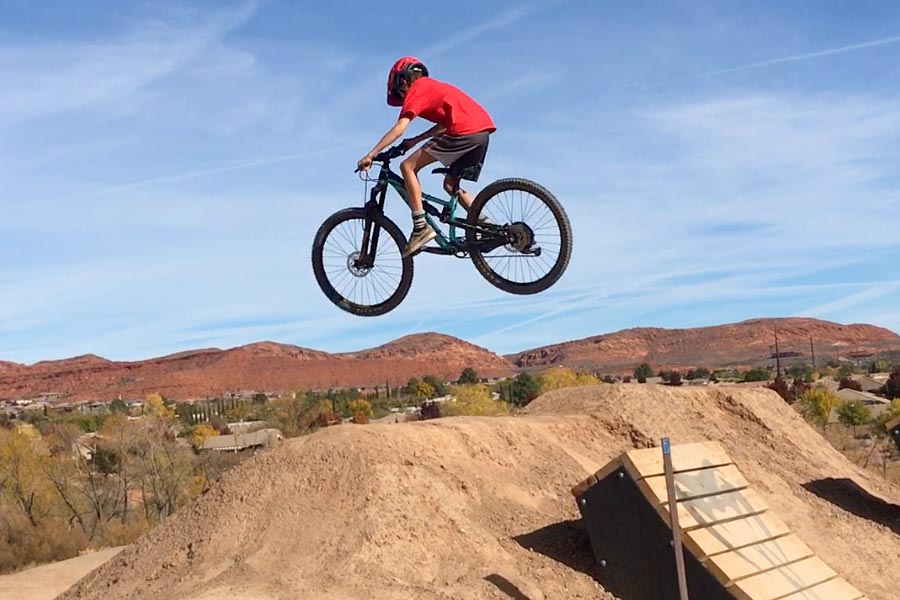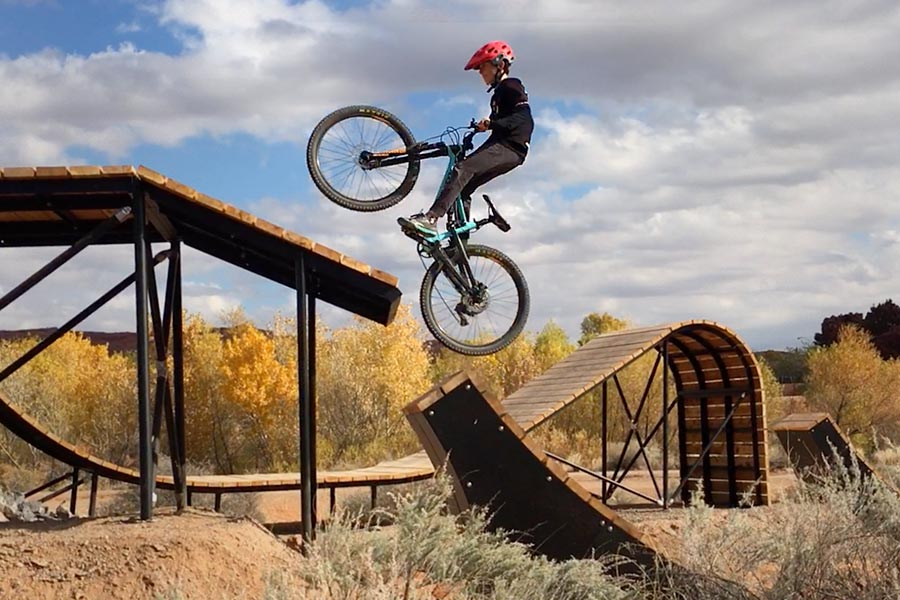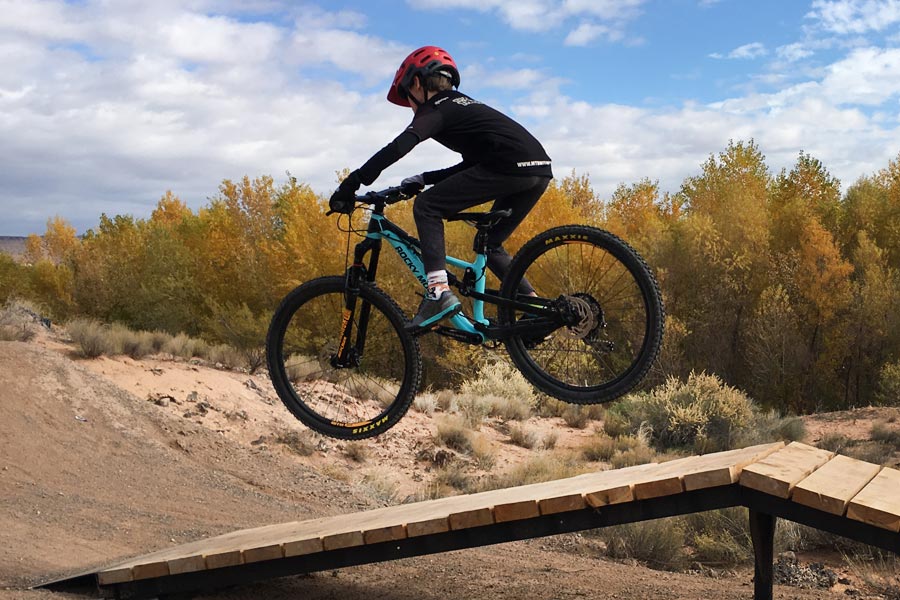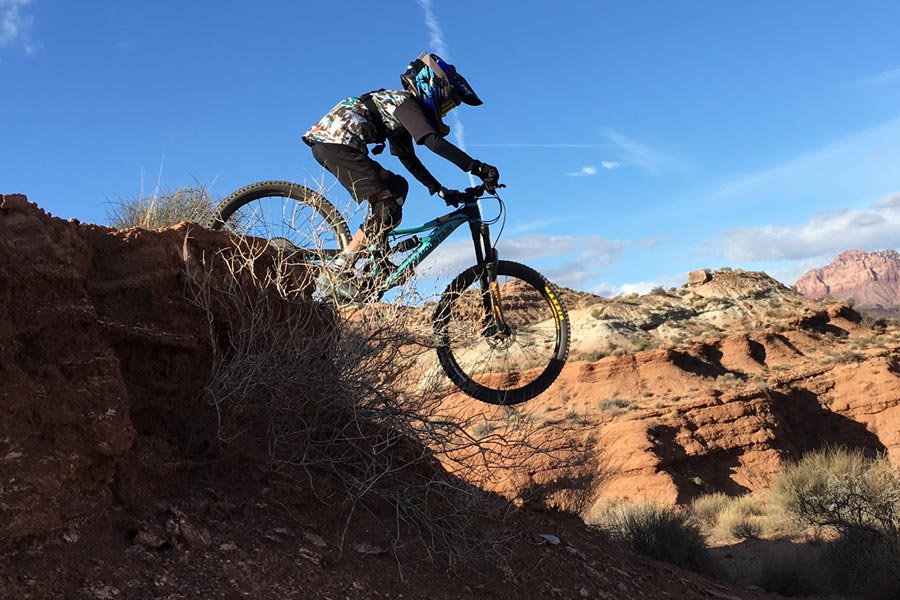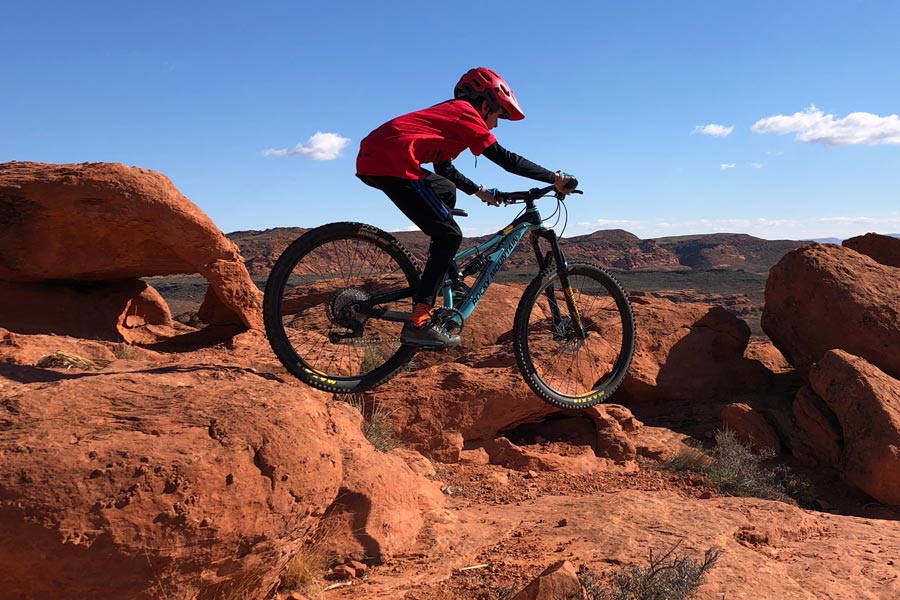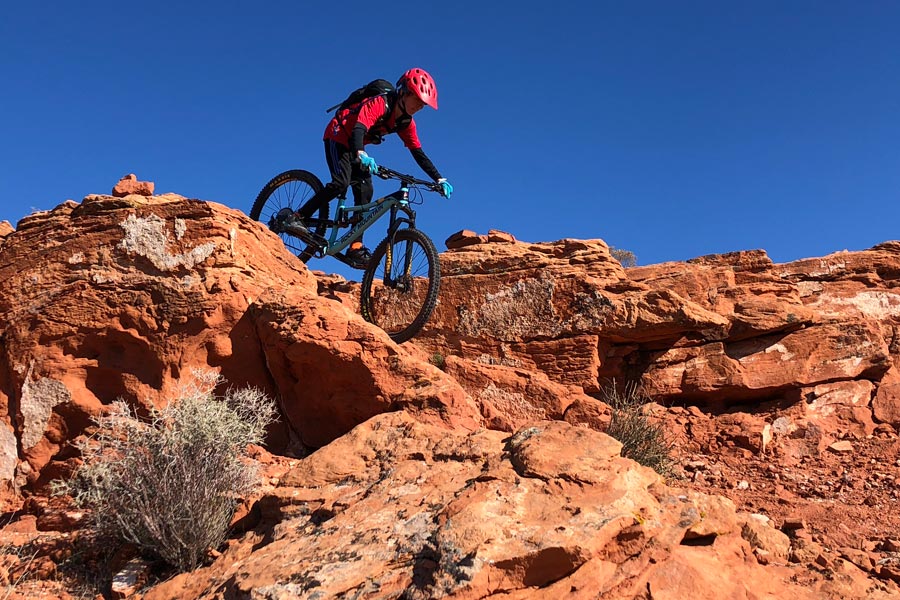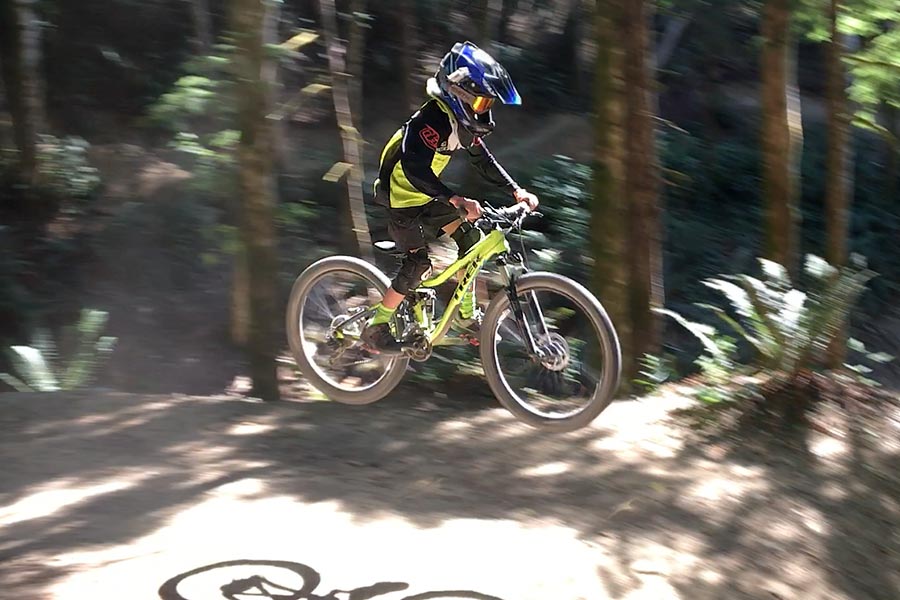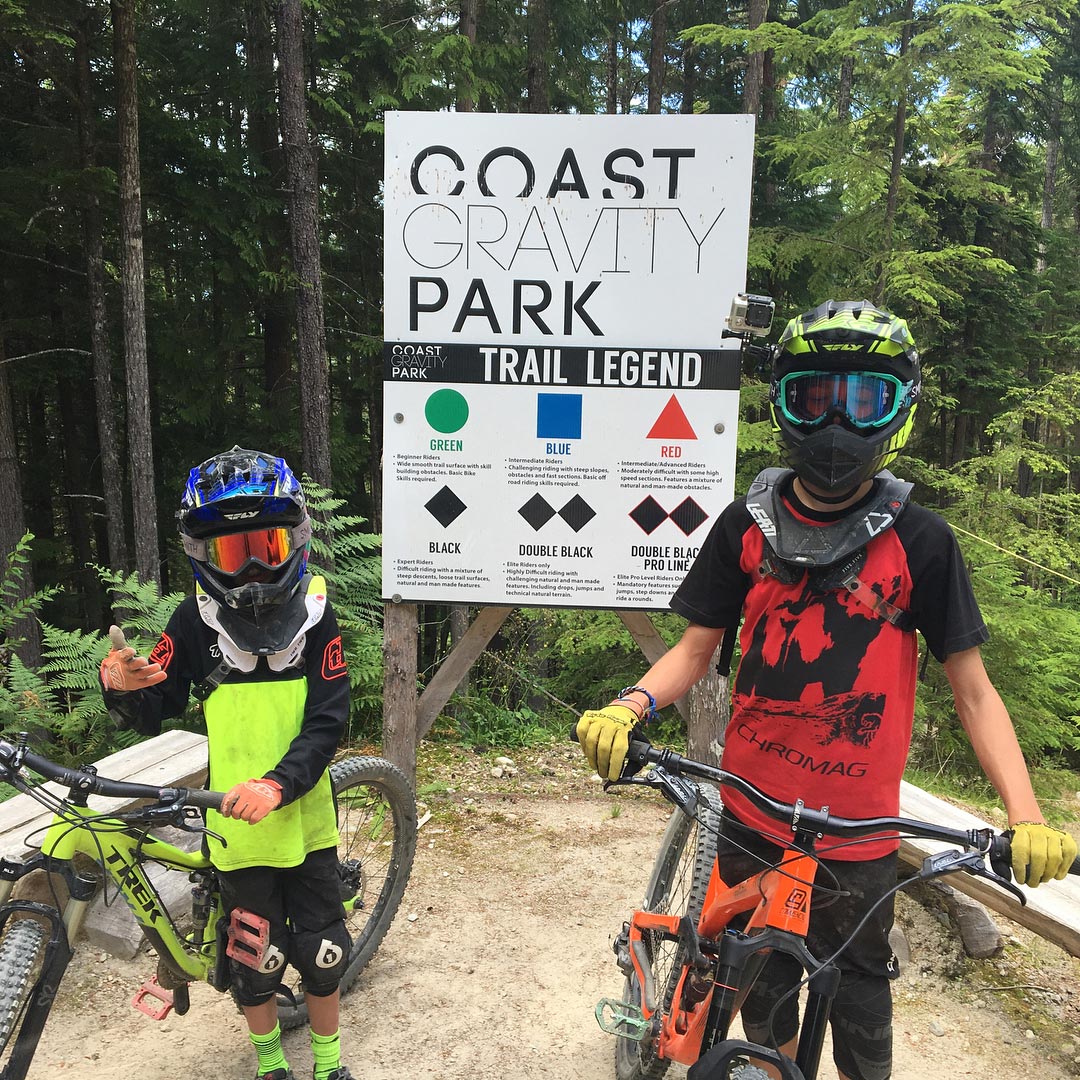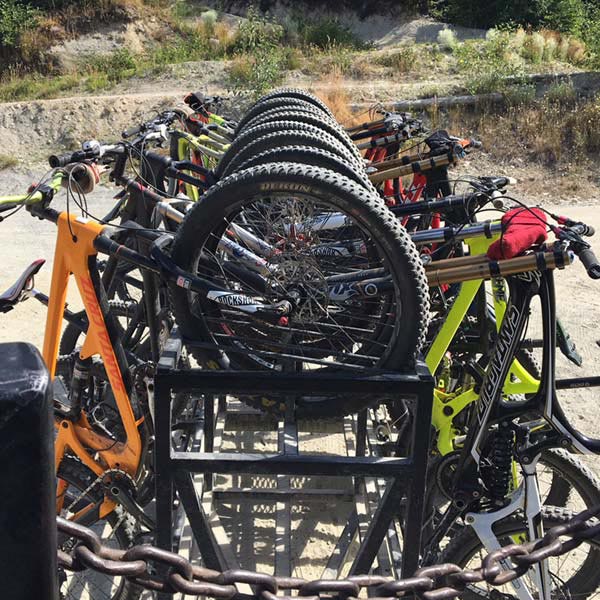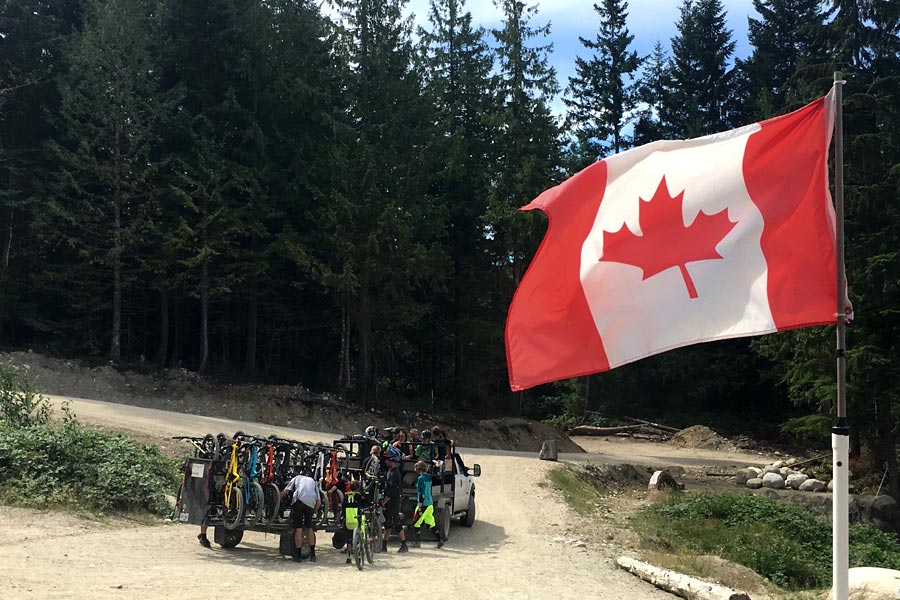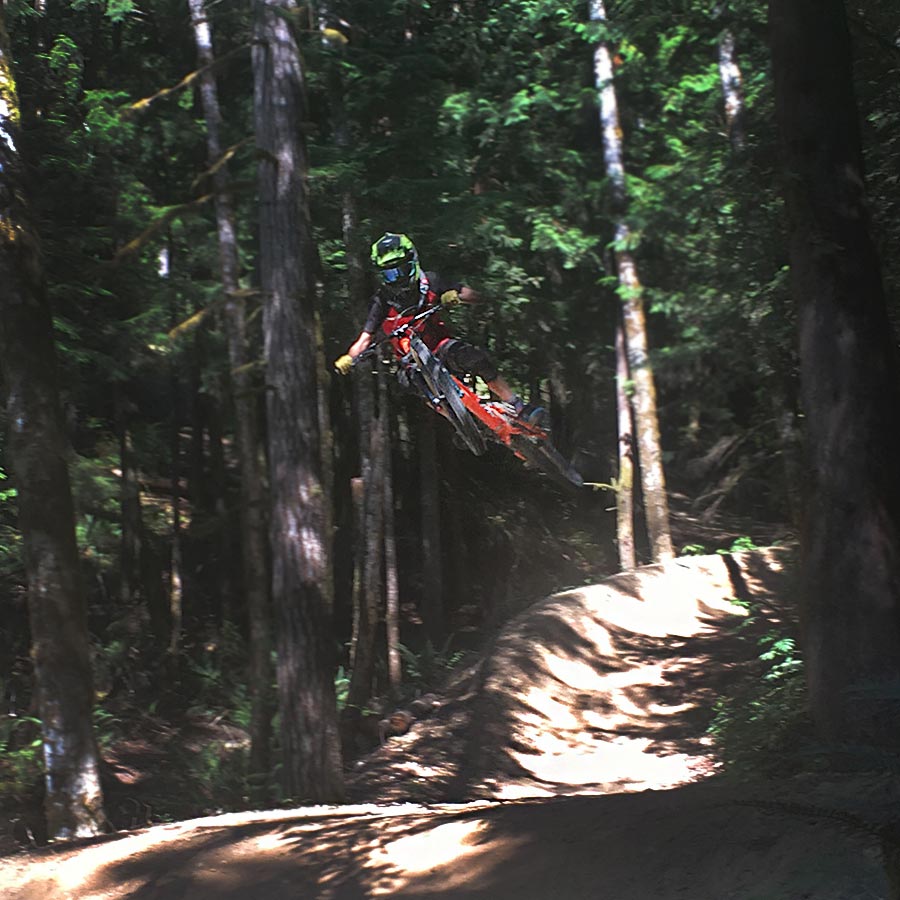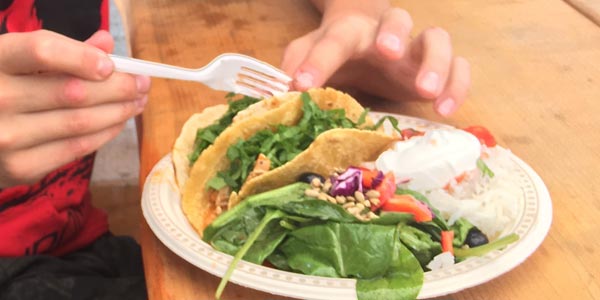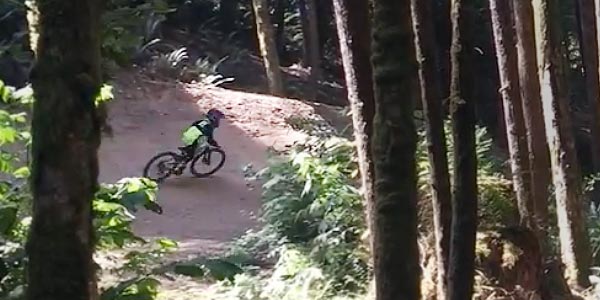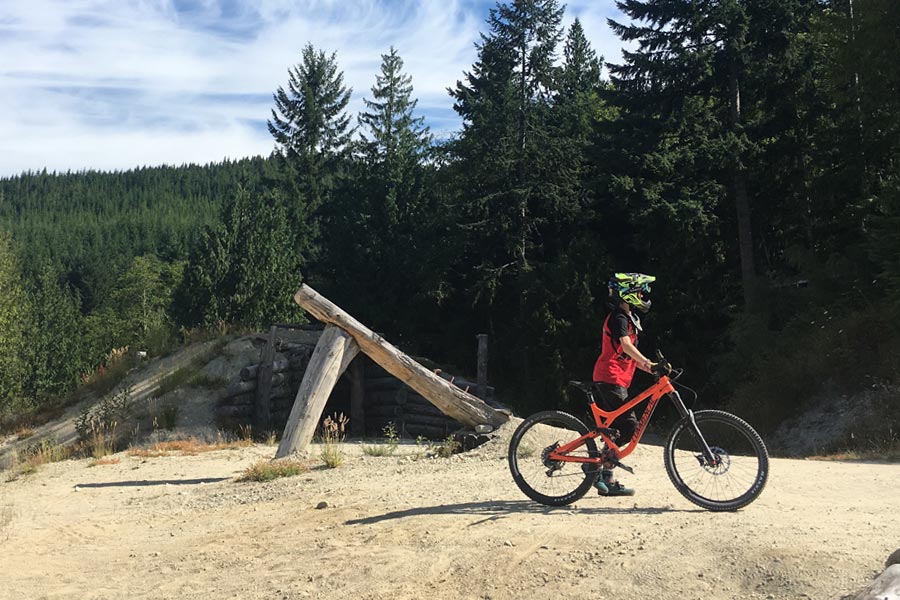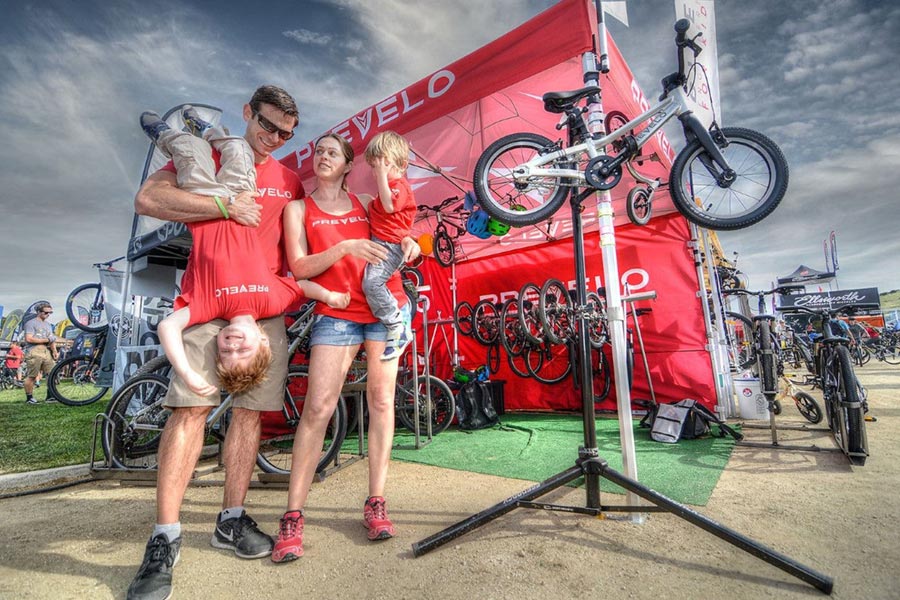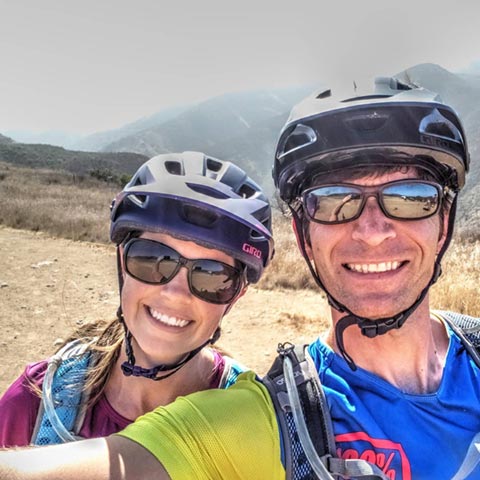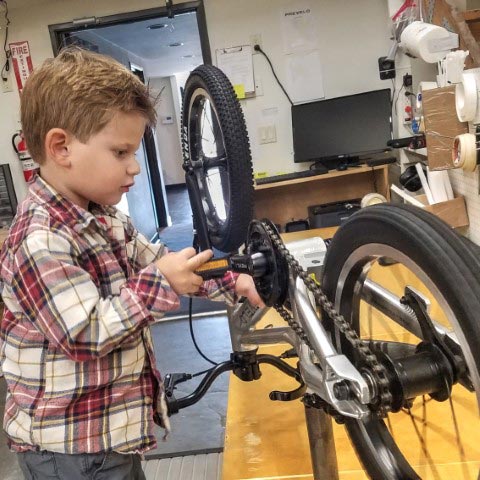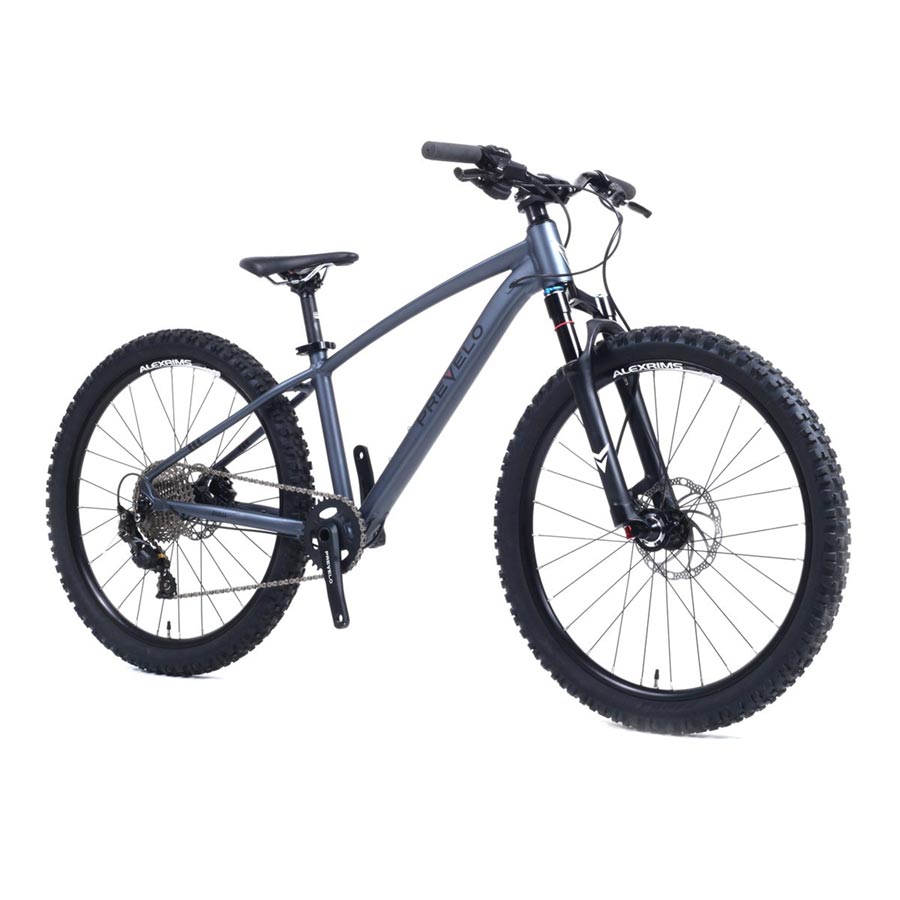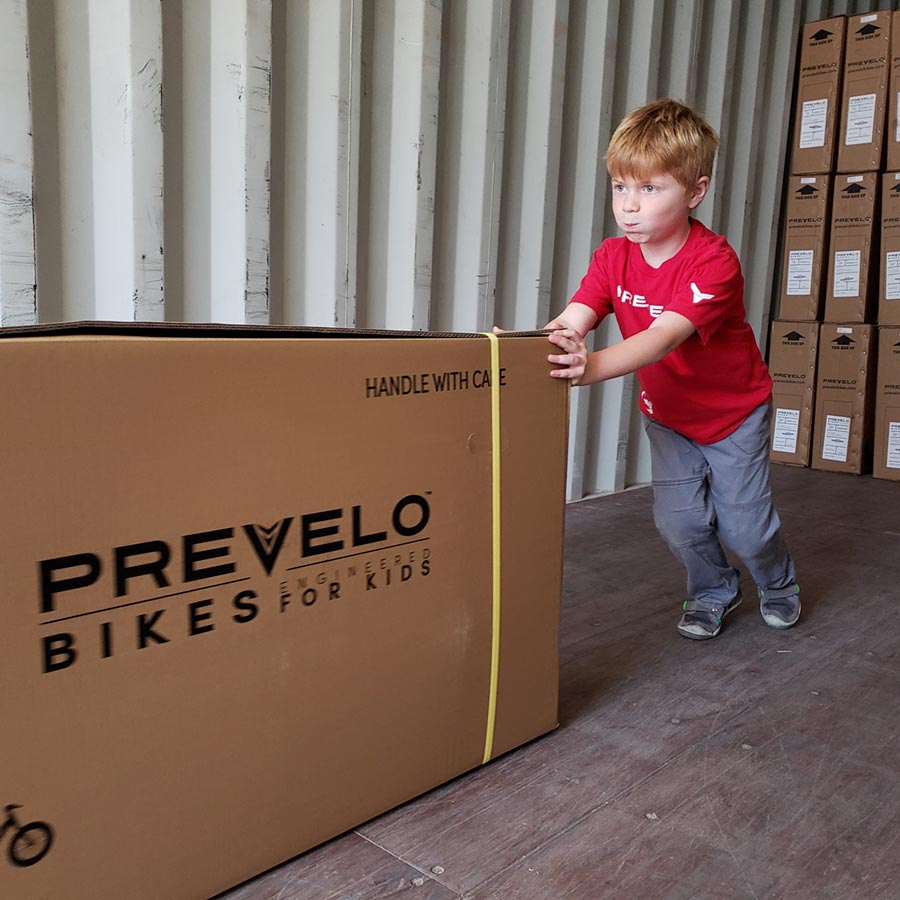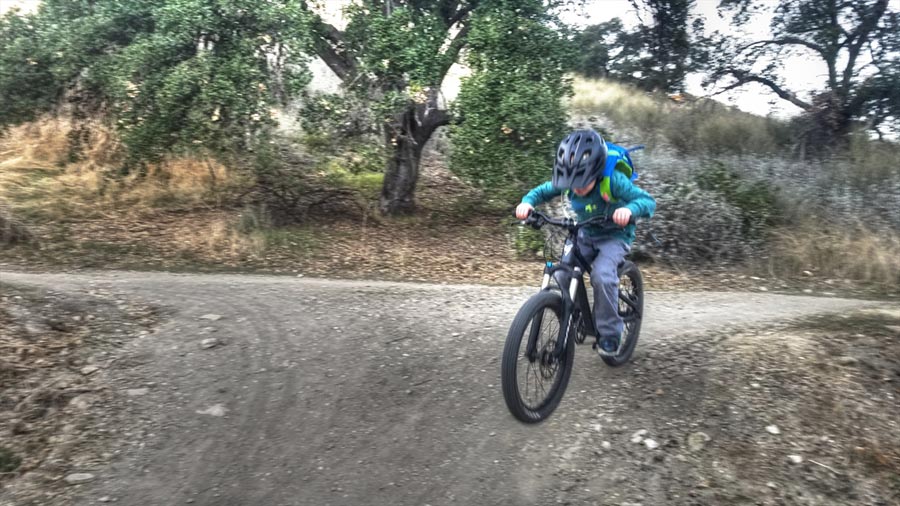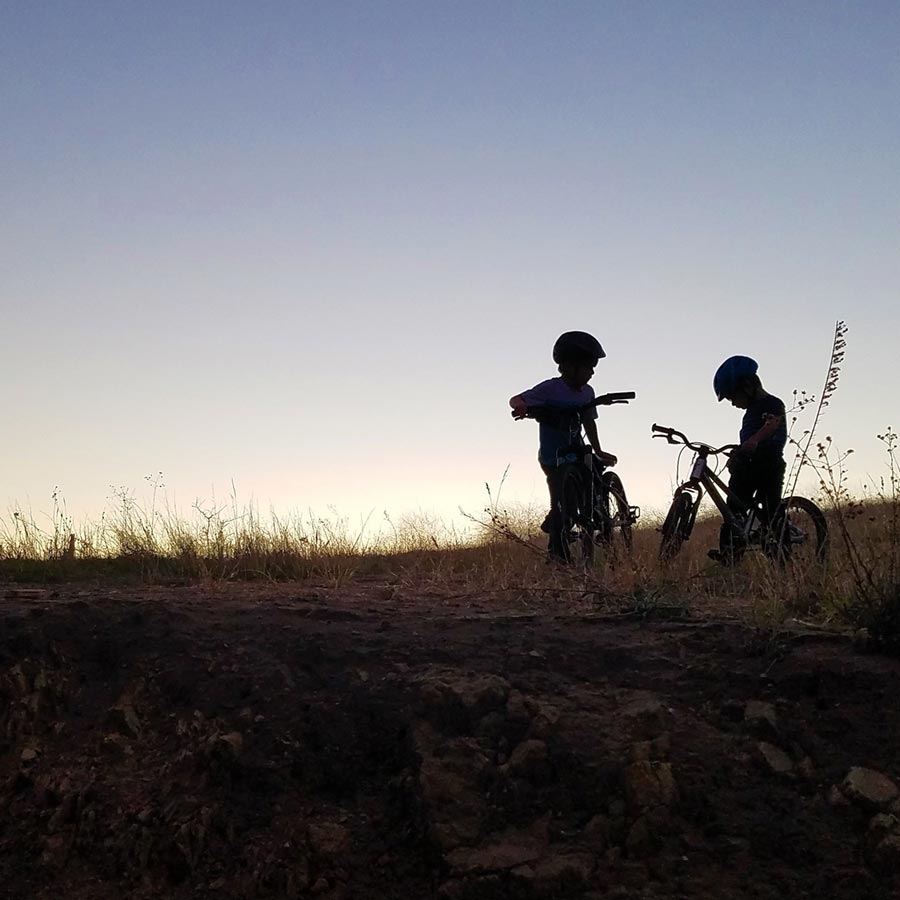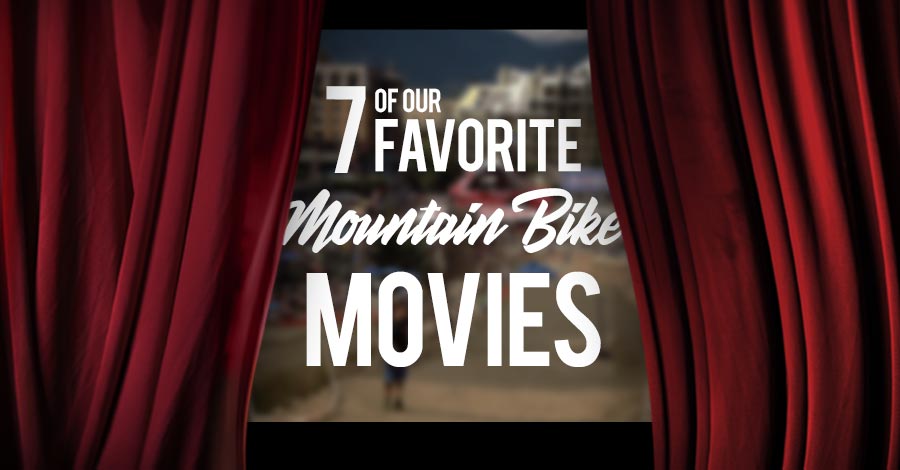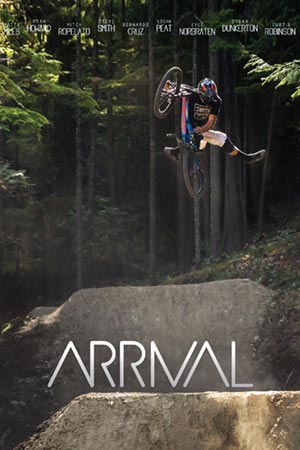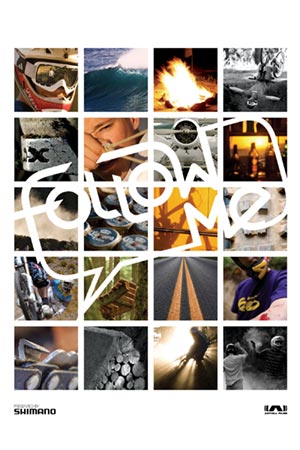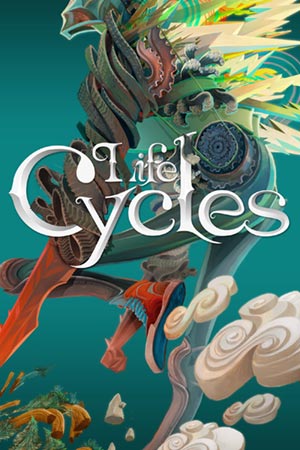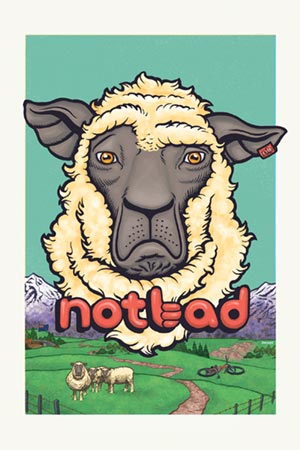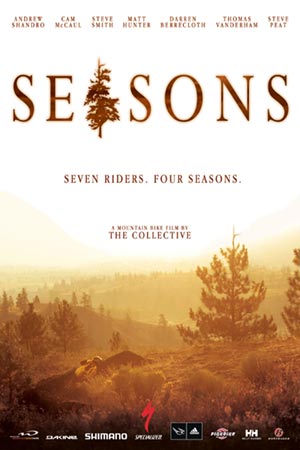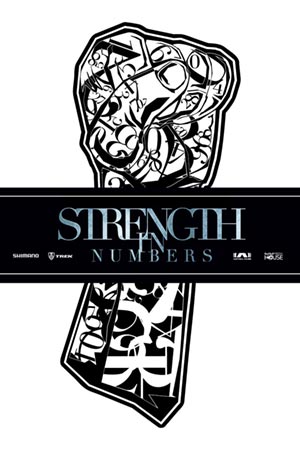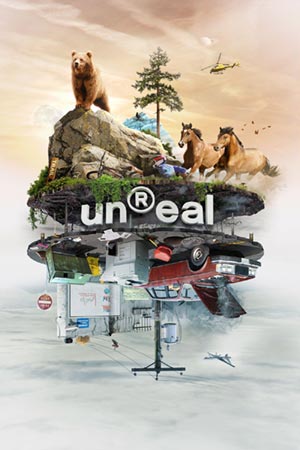MTBK: What’s your most memorable biking experience?
Hannah: If I had to single out one I would pick the BC Bike Race last year. It actually gives me chills just thinking about it. That is where I actually met Kaysee Armstrong. We formed a good friendship there. We camped that whole week with everyone else participating at the race.
At the BC Bike Race, you’re camping and you’re eating whatever food they have, and you’re taking care of your own bike and everything else. Everything’s not going to be perfect. And it really taught me that it doesn’t have to be perfect in order to be great. That was a huge lesson I learned and I’ve been trying to carry it with me ever since then. It just showed me what I was capable of. Because sometimes when you have a staff around you and you have managers and friends and competitors and mechanics and everything else, it feels like your only job is to race, which is great. But when all that’s taken away, you learn that you’re so much more capable than you would ever think. That’s probably my favorite part of the sport.
MTBK: Did you have any “Oh, crap” moments at the BC Bike Race that put your independence to the test?
Hannah: My hardest moment, personally and mentally during that race was on the hardest and longest stage. It actually started on a descent and as we were coming down a big fire road and there was a huge water bar in the middle. With everyone there I didn’t know it was coming until everyone in front of me disappeared down into it and then came back up the other side and I just shot off the front and actually slammed into the other side of the water bar. After that, people started descending almost on top of me, I was just curled up in a ball in the bottom of this thing. I got up and all my stuff was everywhere. It was like two yard sales. I was bleeding. I’m thinking, “I have a really long ways to go.”
In that moment I thought I have a decision. I thought to myself, “This is a seven-day race. You’re not going to quit – you’re not going to. So, how do you want to handle it?” And I said, “I’m going to give myself 60 seconds and I can do whatever I want for the 60 seconds and then after that I’m not thinking about this again.” And everyone must have thought I was crazy. Just for the next 60 seconds I just talked a lot of crap like, “This is horrible. I’m in so much pain. Everything is terrible.” And then after 60 seconds it was just like, “Hey, I’m fine now.” You have to take advantage of those moments where you learn it, them push it away because you don’t want it to happen again.
MTBK: Where would you like to go mountain biking that you haven’t been yet?
Hannah: The answer to that question would be anywhere I haven’t been. Every time I ride a new trail I get so excited and I love travel. My goal in life is to visit at least 50 countries. So, the idea of traveling with my bike, in and of itself, is my dream. If I had to pick a place without even much knowledge, I would probably say Patagonia. I’m sure someone will say, “Why would you go there?” Honestly, I just want to go everywhere. So, it’s really hard for me to pick one location.
MTBK: Are you happy with where your fitness is right now?
Hannah: I’m really happy where my fitness is. It’s been a really exciting winter for me because I’ve gotten into new territory this winter. This is my first year entering the sport where I’m not a student as well. I graduated college in May. The preparation has been different and that has been exciting. Doing the same thing over and over again was Einstein’s definition of insanity. I’m excited to have done something different and to feel prepared.
I think a big goal for me this season is to expect the unexpected. One of my favorite things someone said to me one time is, “How fast would you be if you didn’t know how fast you are?” My goal is to enter this season with that mindset. So many times we stand on the start line, and count the people that we know and think, “Okay, well, for sure her, her, her, her – they’ll all beat me,” just based on history. But one day you have to step up and clear that history.
MTBK: It’s one thing to be at your level of racing, but it’s another thing to be competitive in a race at your level. What are the things that you’re focusing on to make that difference?
Hannah: I think the training is the first step. Training is a big deal – the way you train, the coach you have, matching your own physiology, training your weaknesses, racing your strengths. I think, once you get to a certain level, everyone’s doing those things. Everyone’s training hard. You look at social media and you can be either overly confident or overly intimidated. It seems like everyone’s putting in the mileage.
The things that make the difference are how you’re resting and then your mind. Those, I think, are the really big steps that I’ve been working towards this season – especially now that I’m not in school. I want to do all of those little things a little bit more perfectly. You take one step at a time. I think resting better and really exercising your mind the same way you do your body will make a difference.

